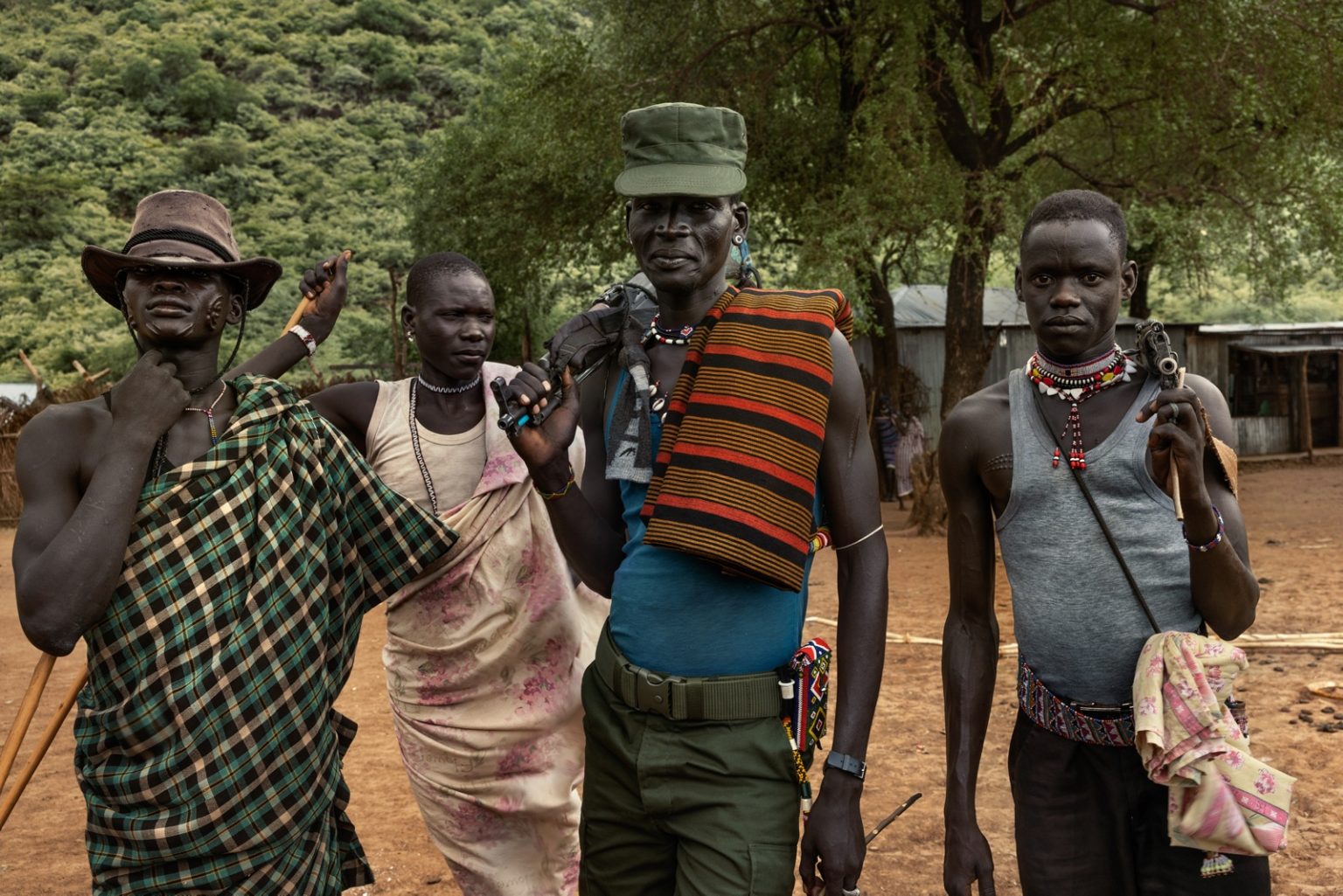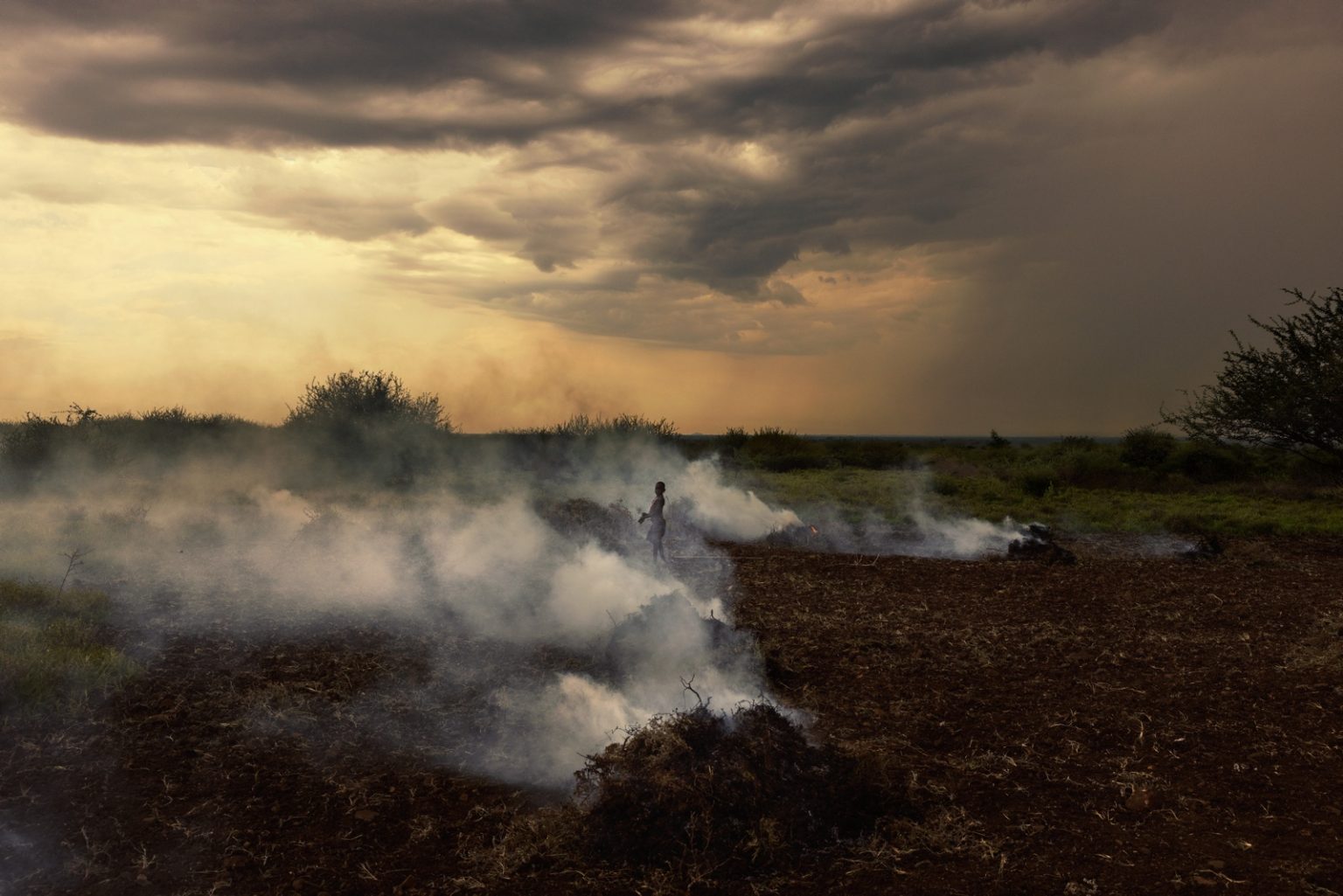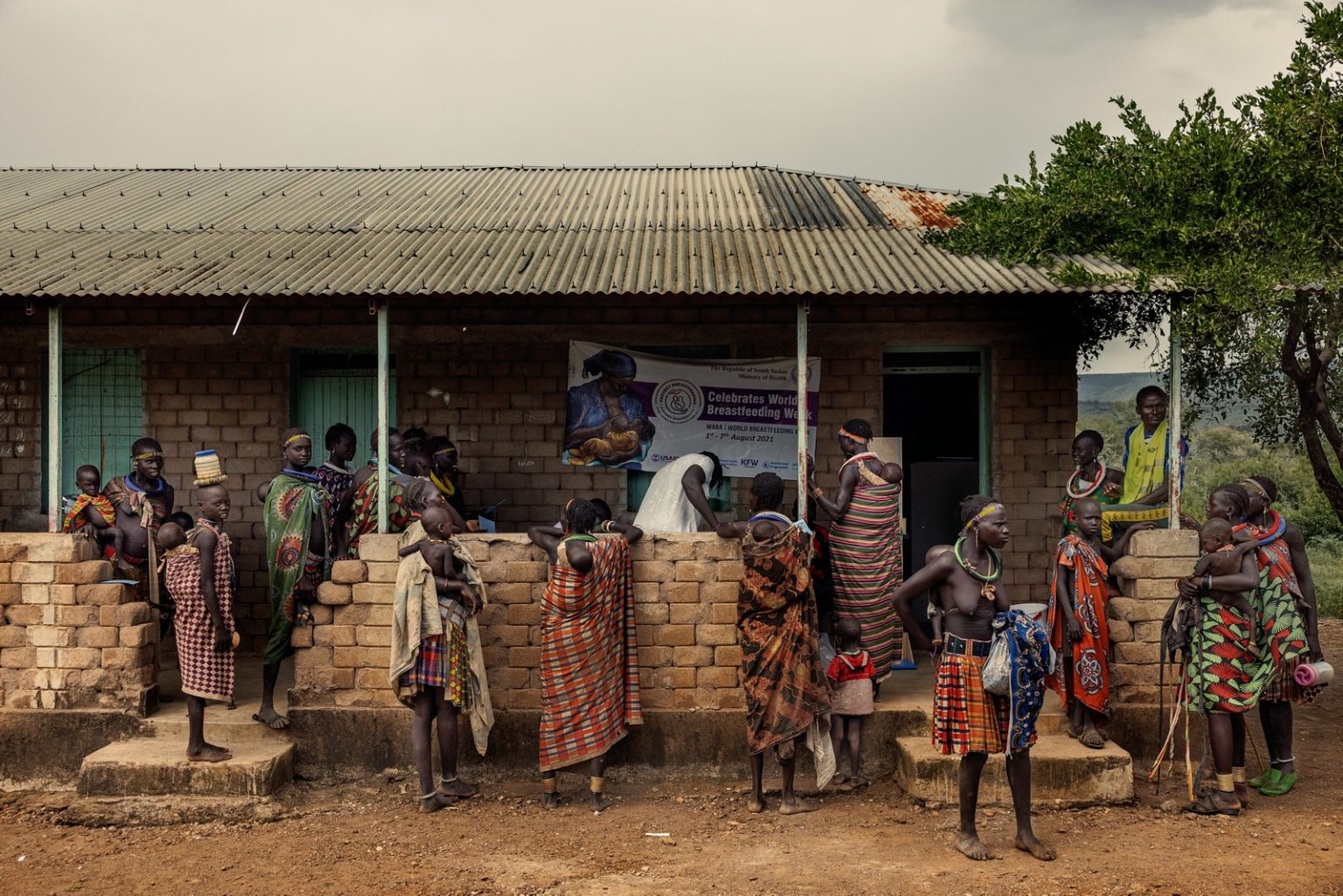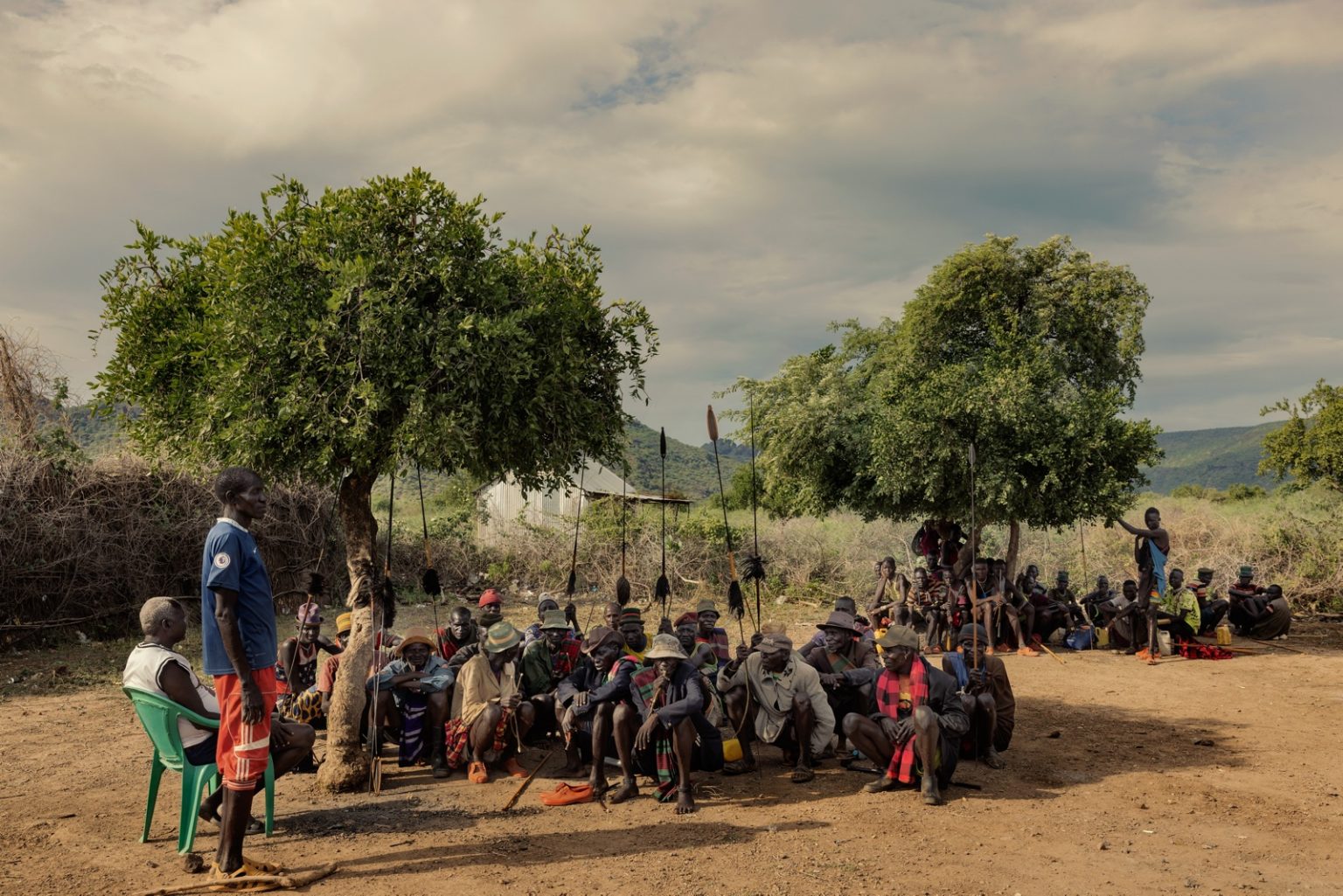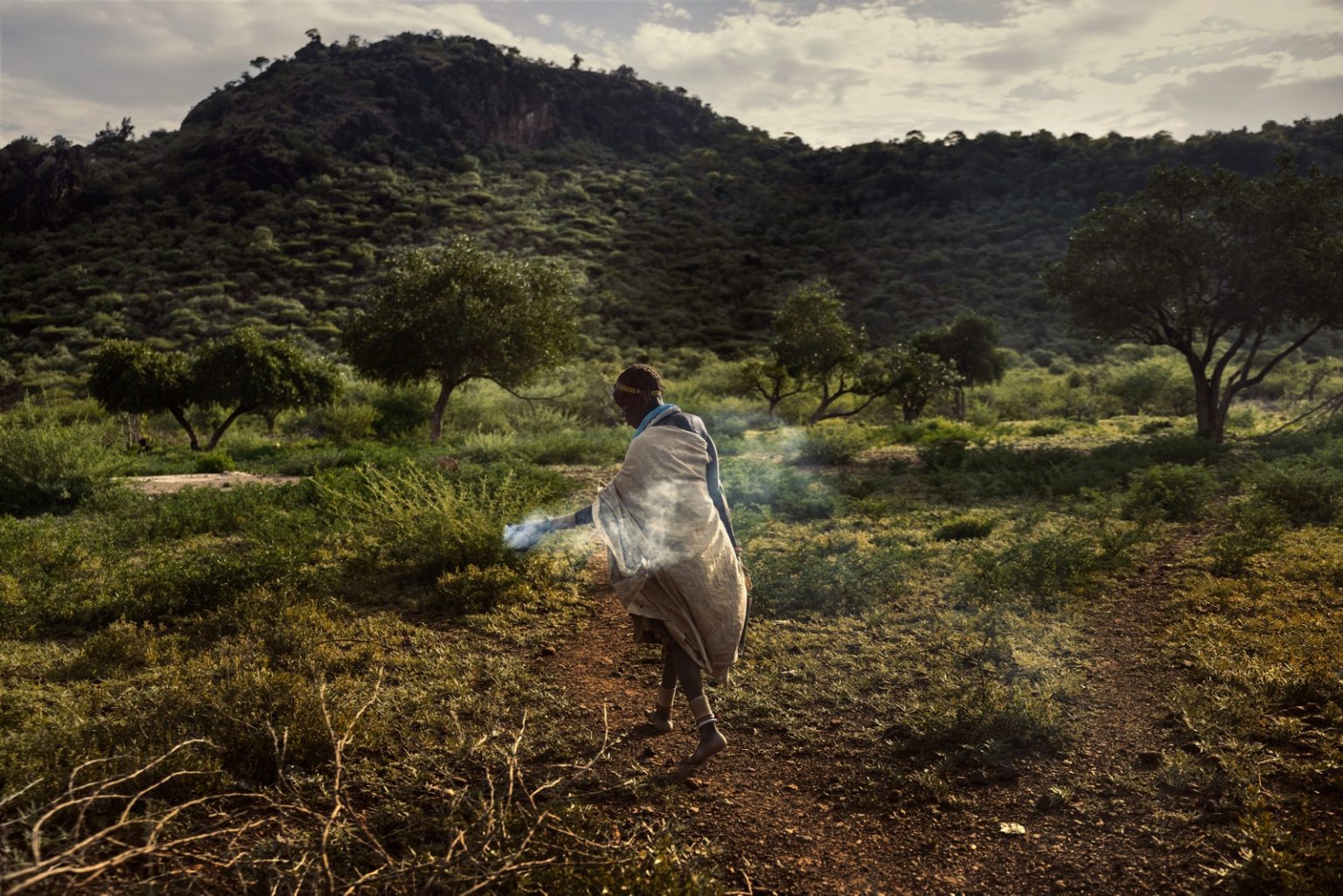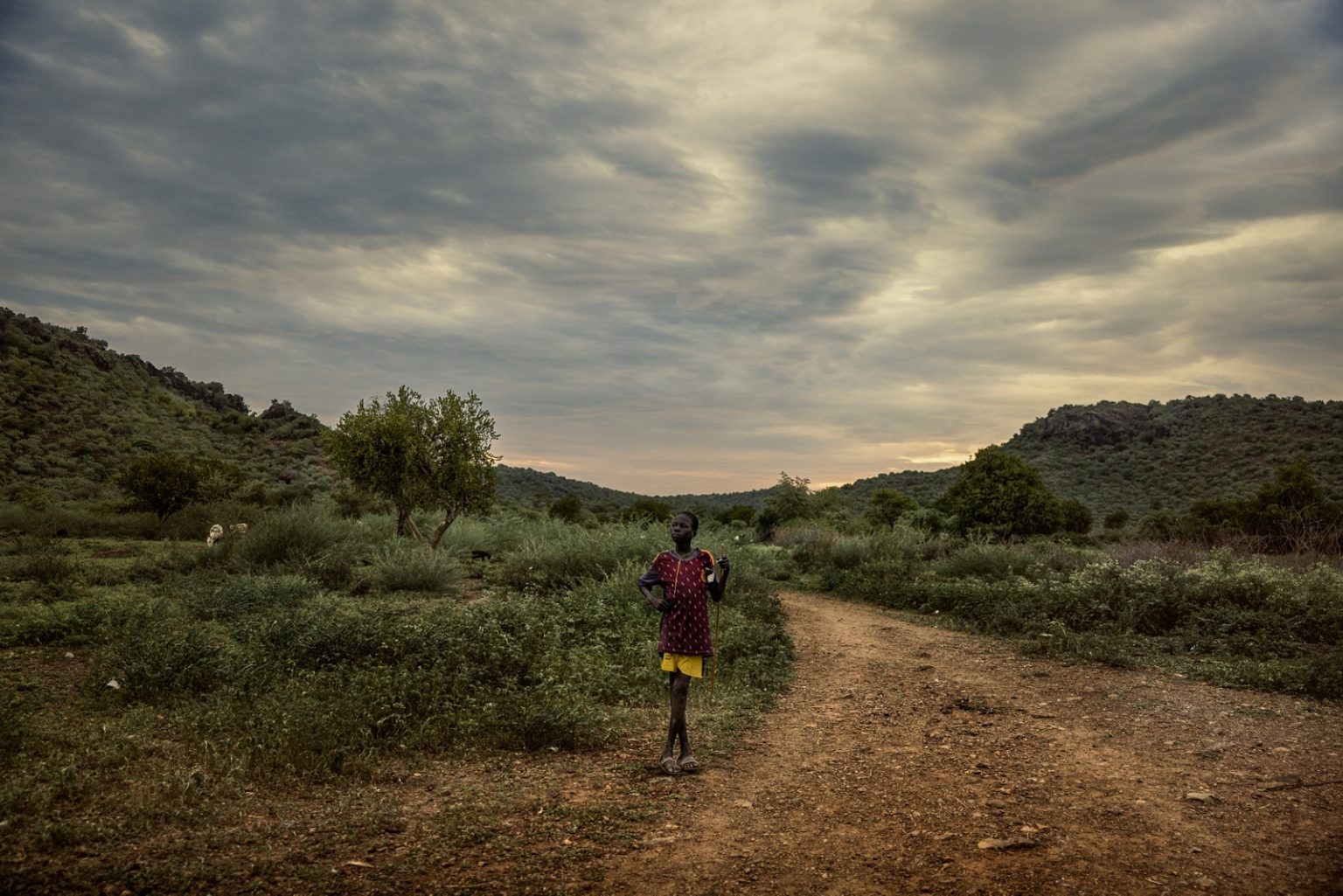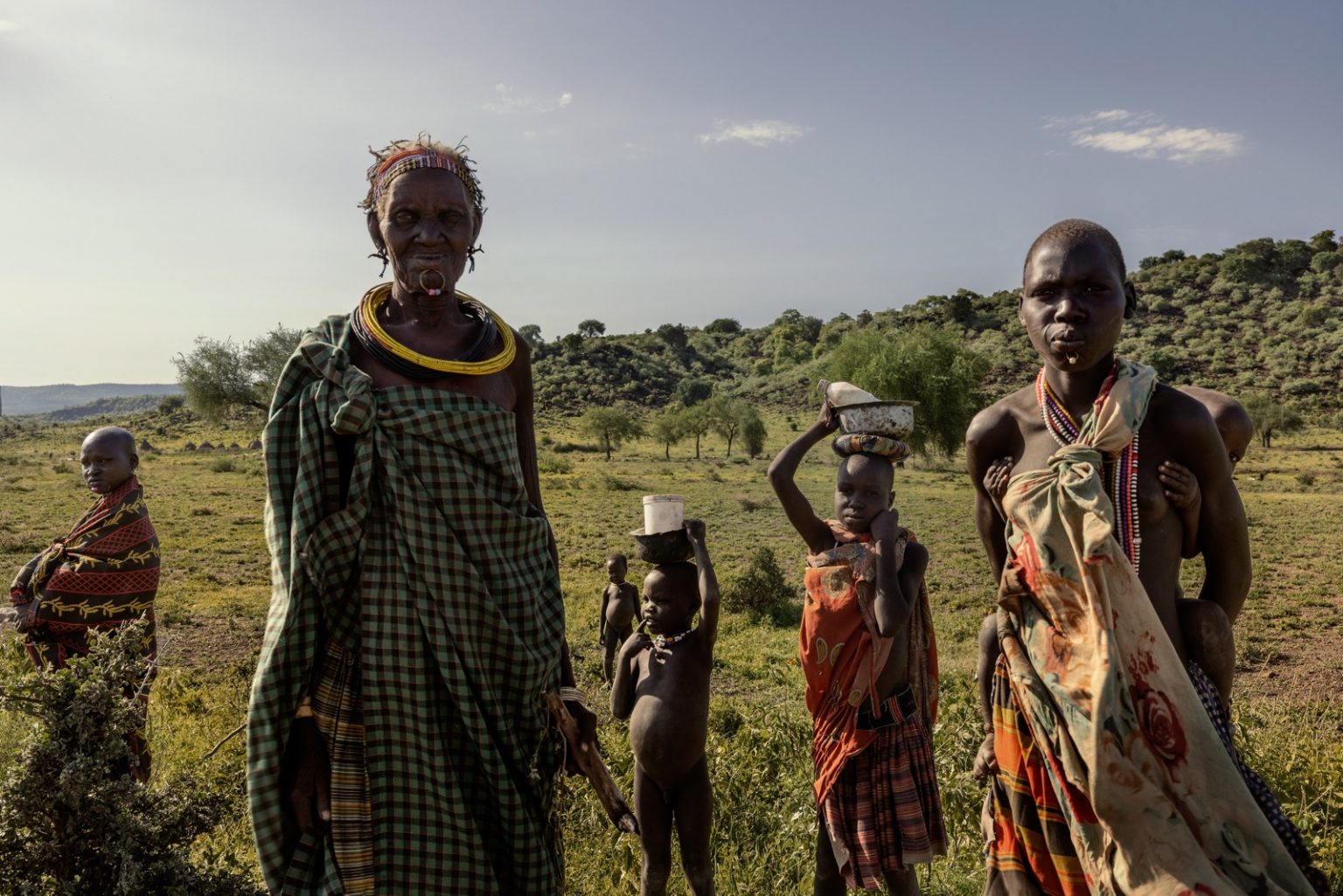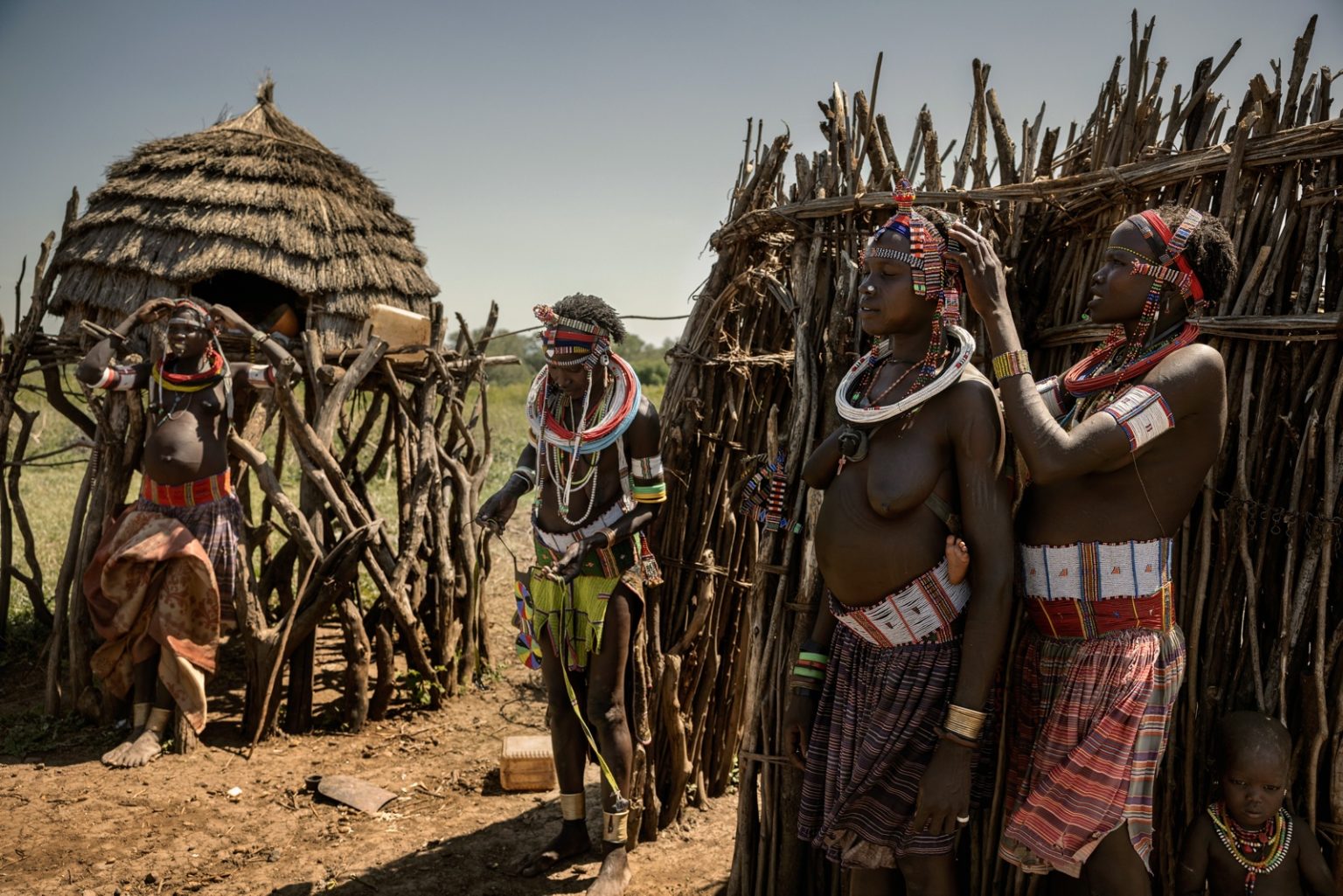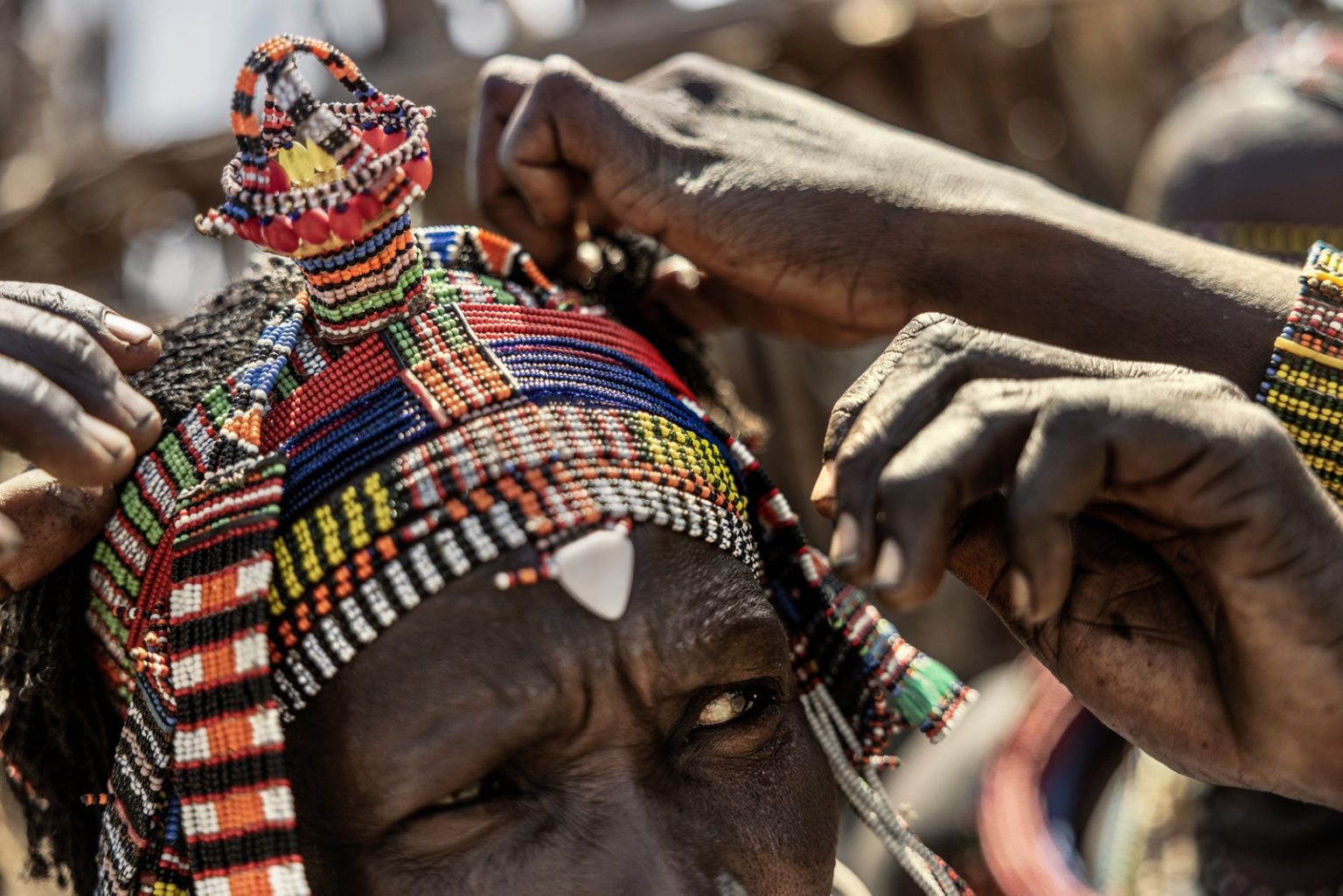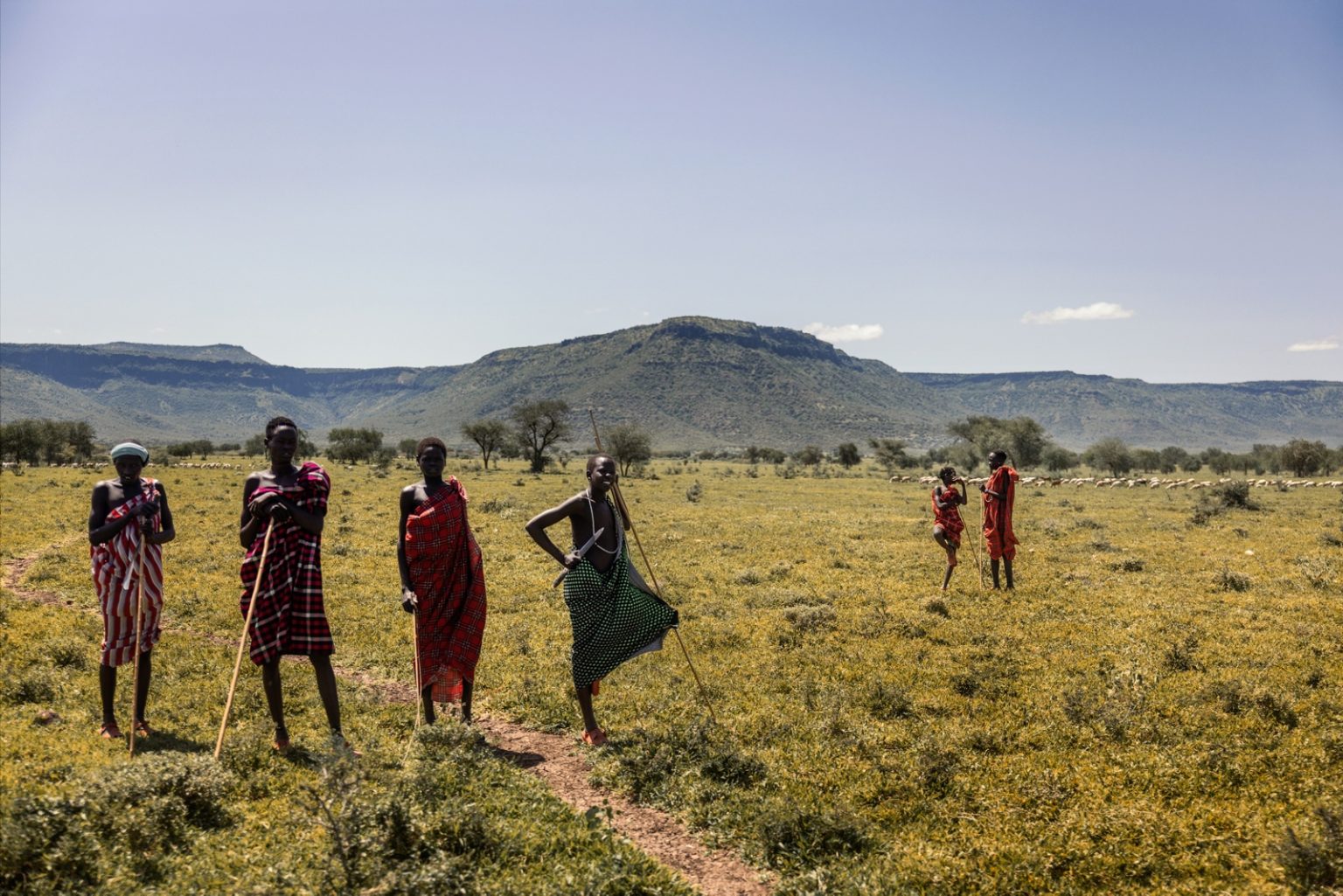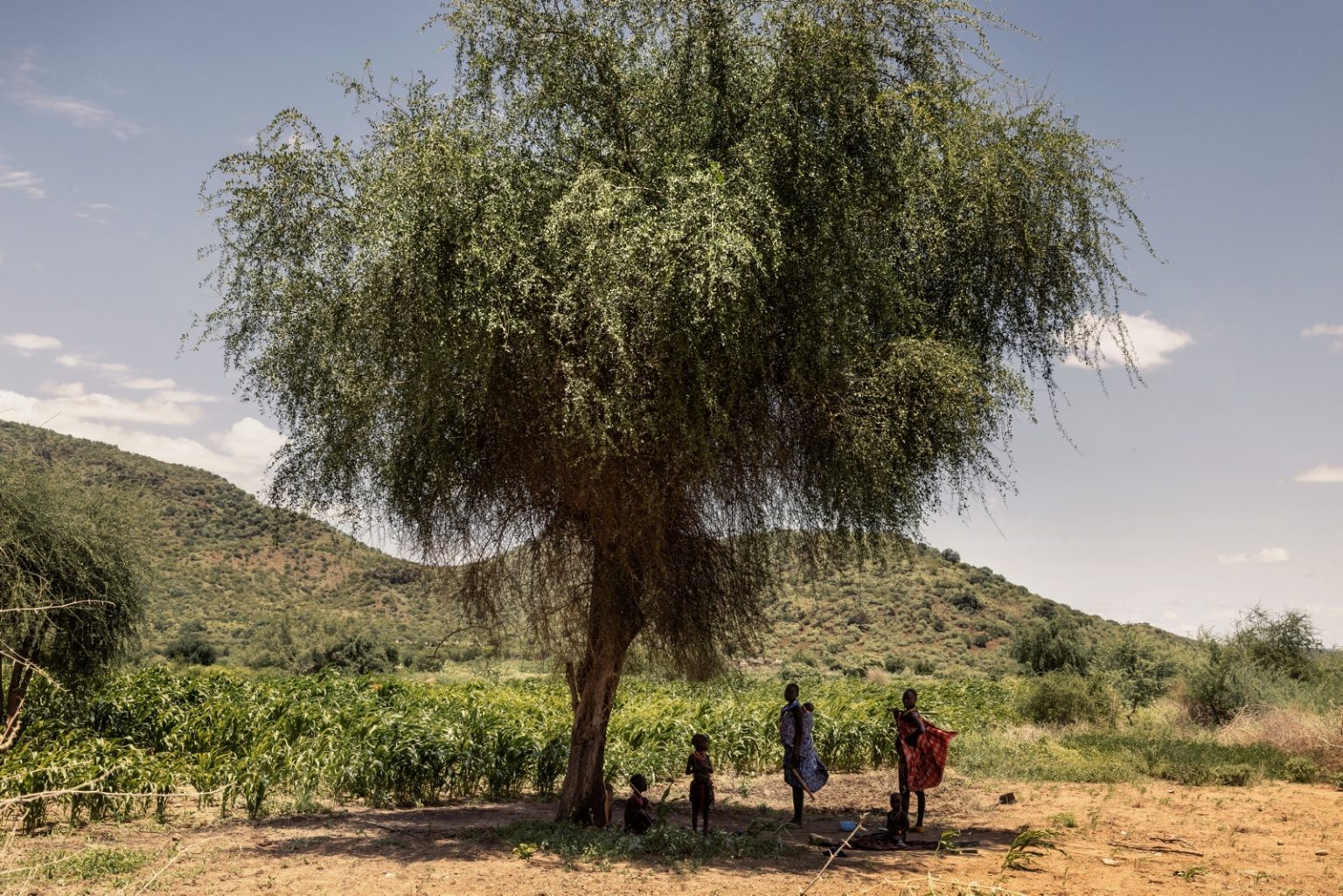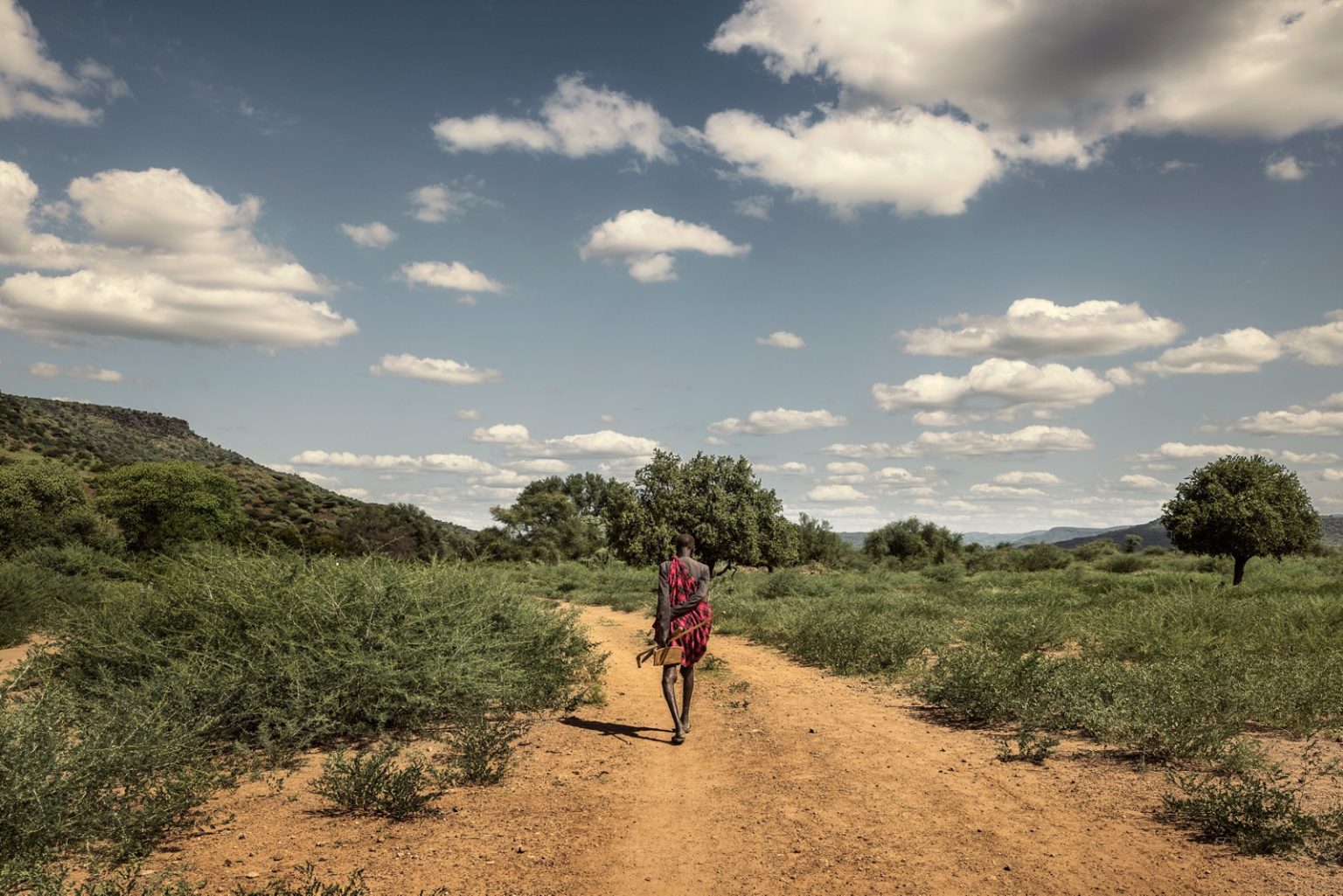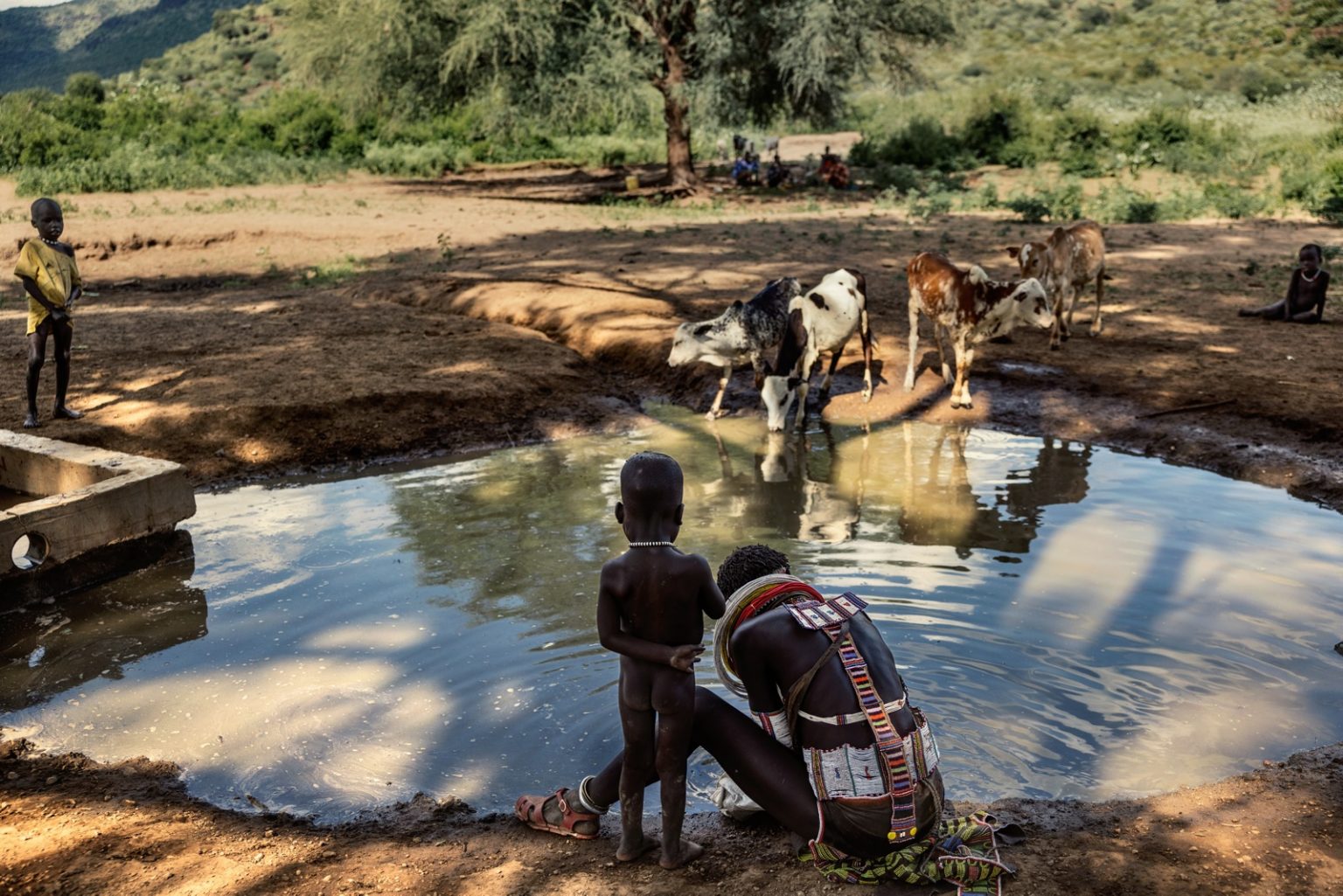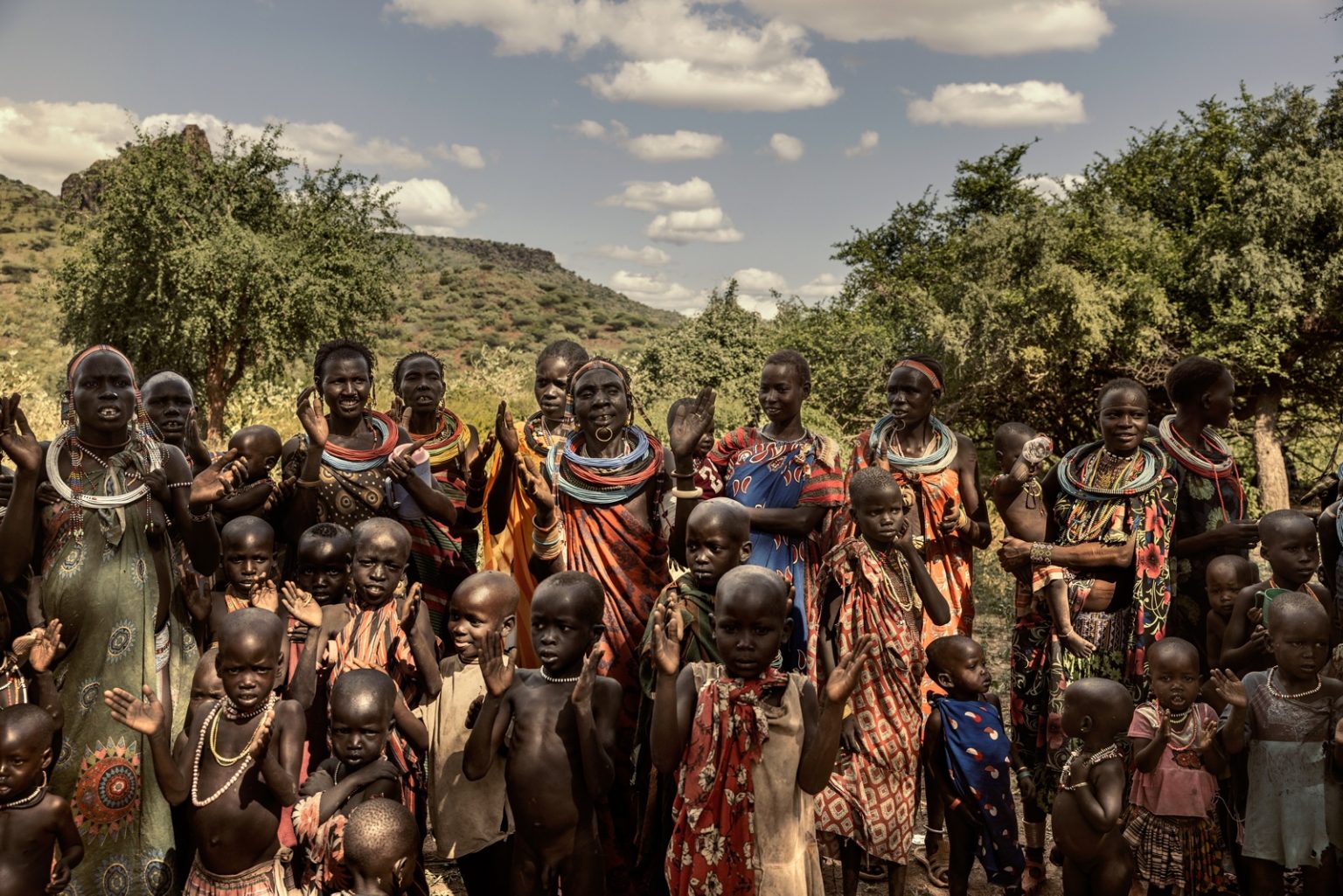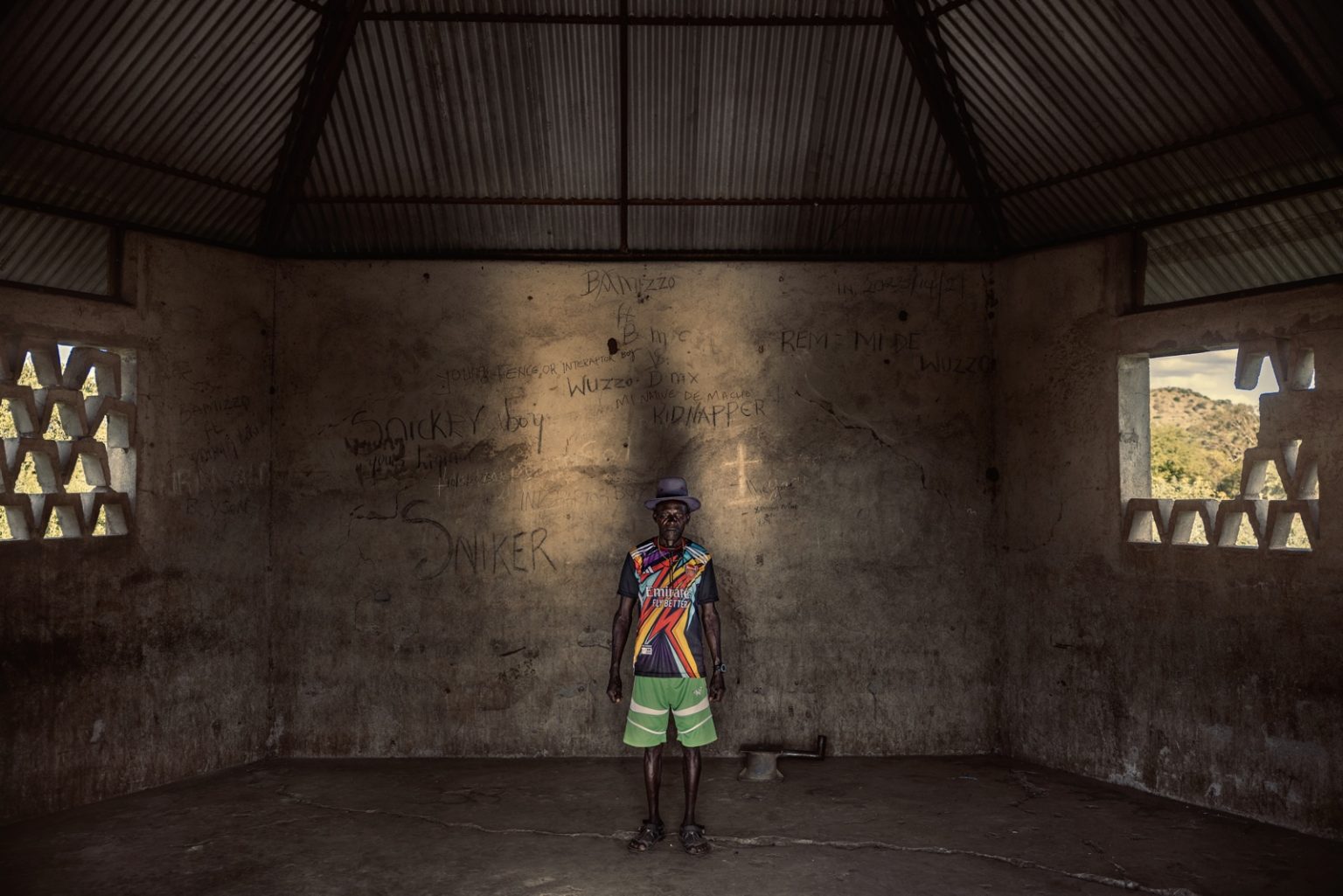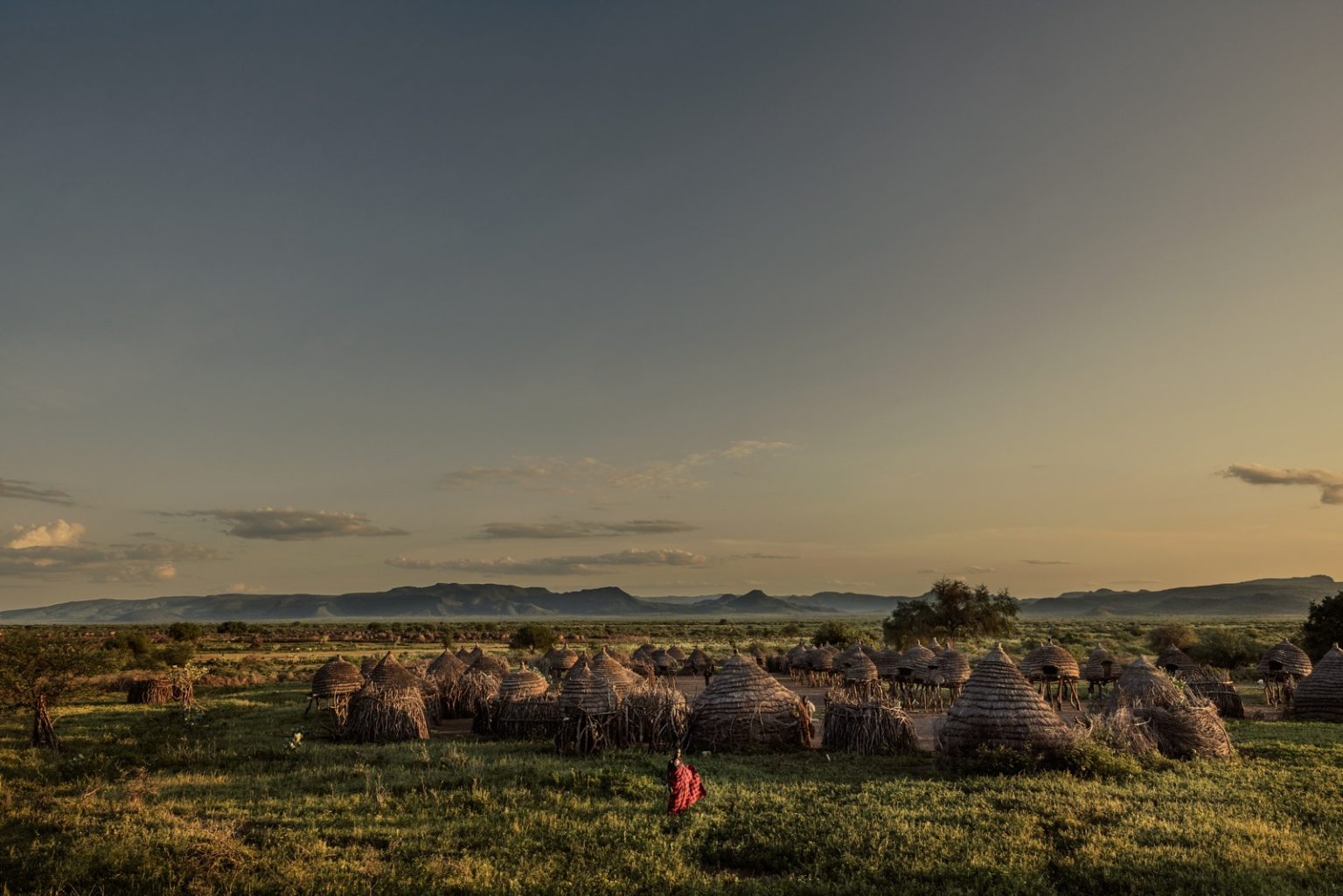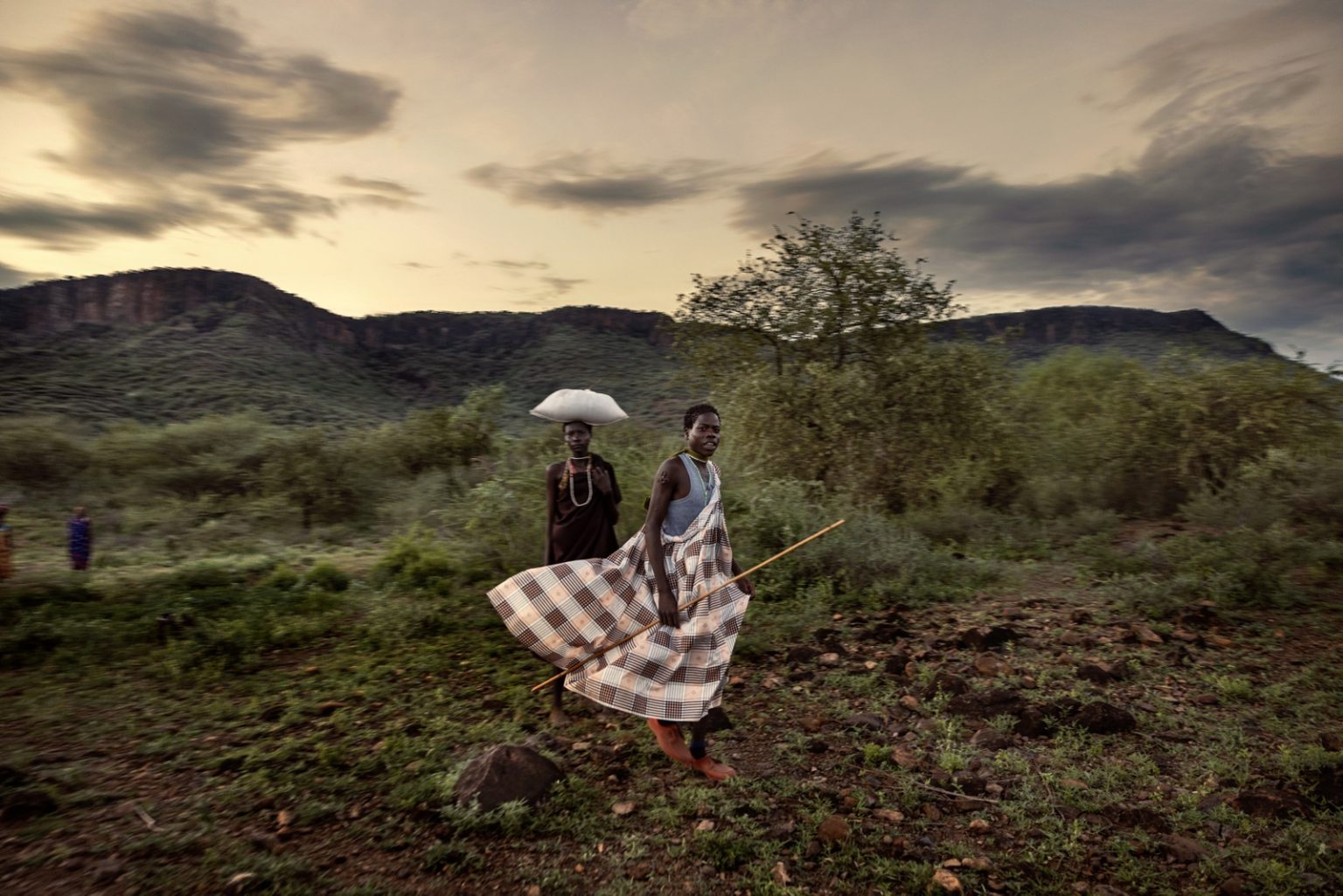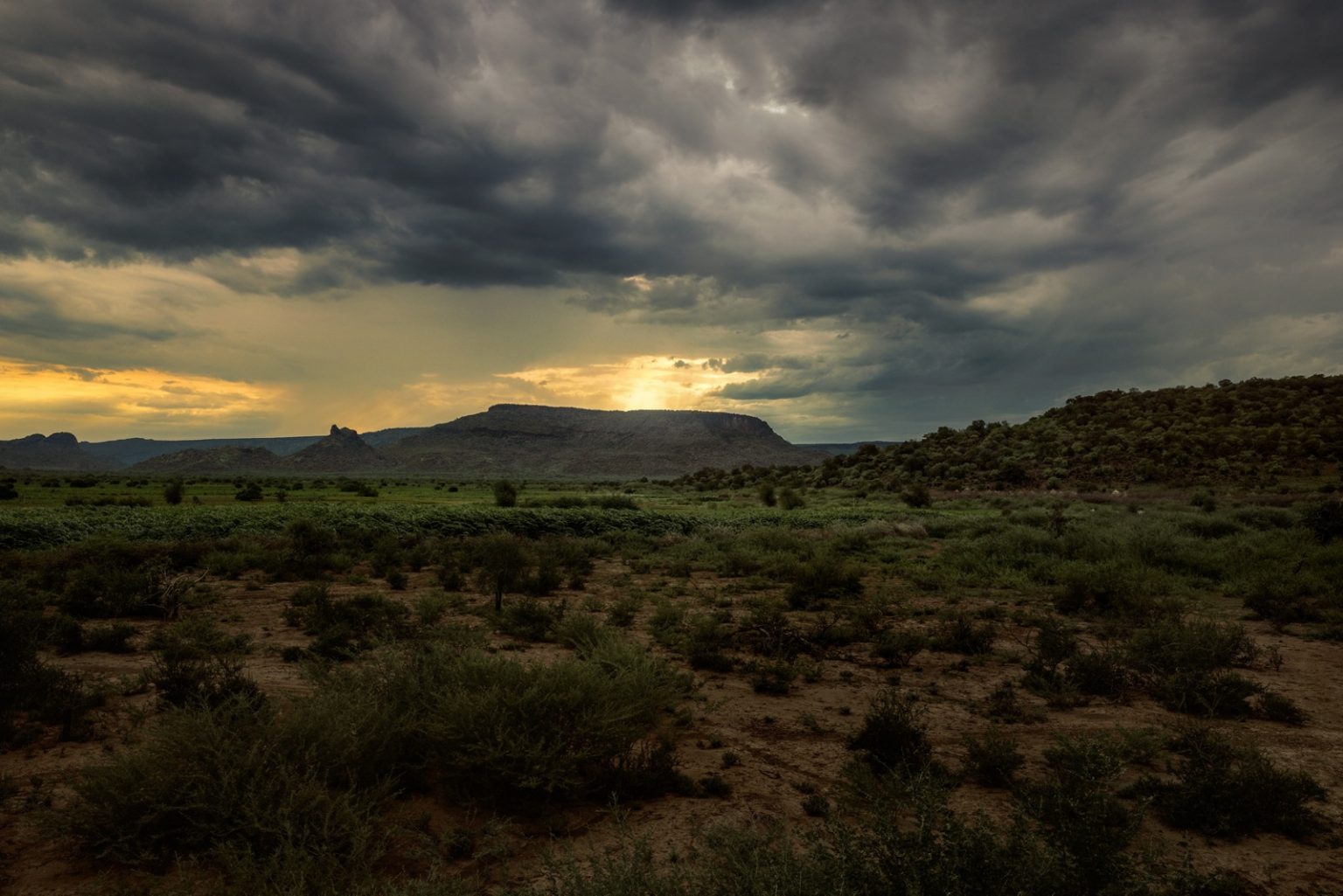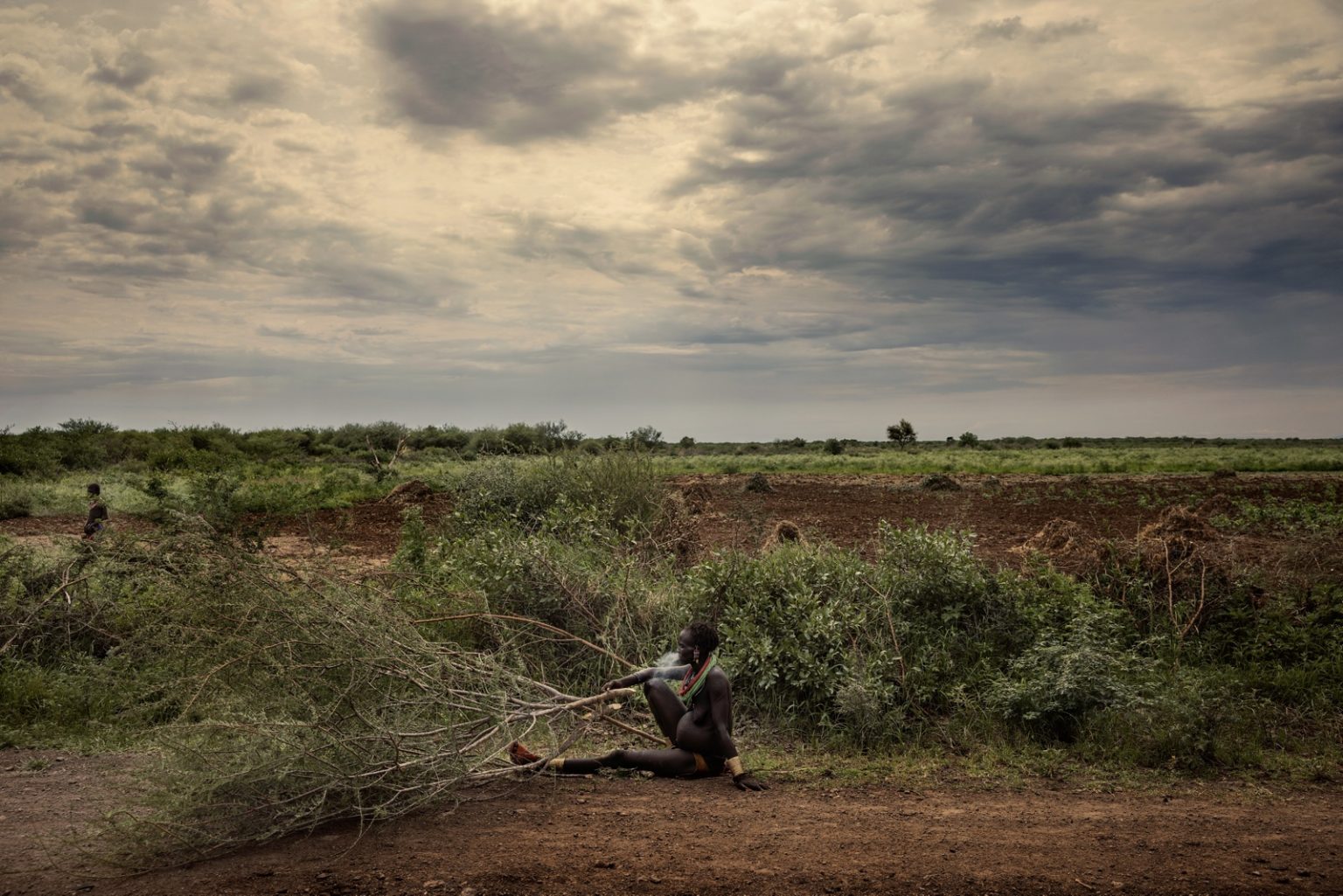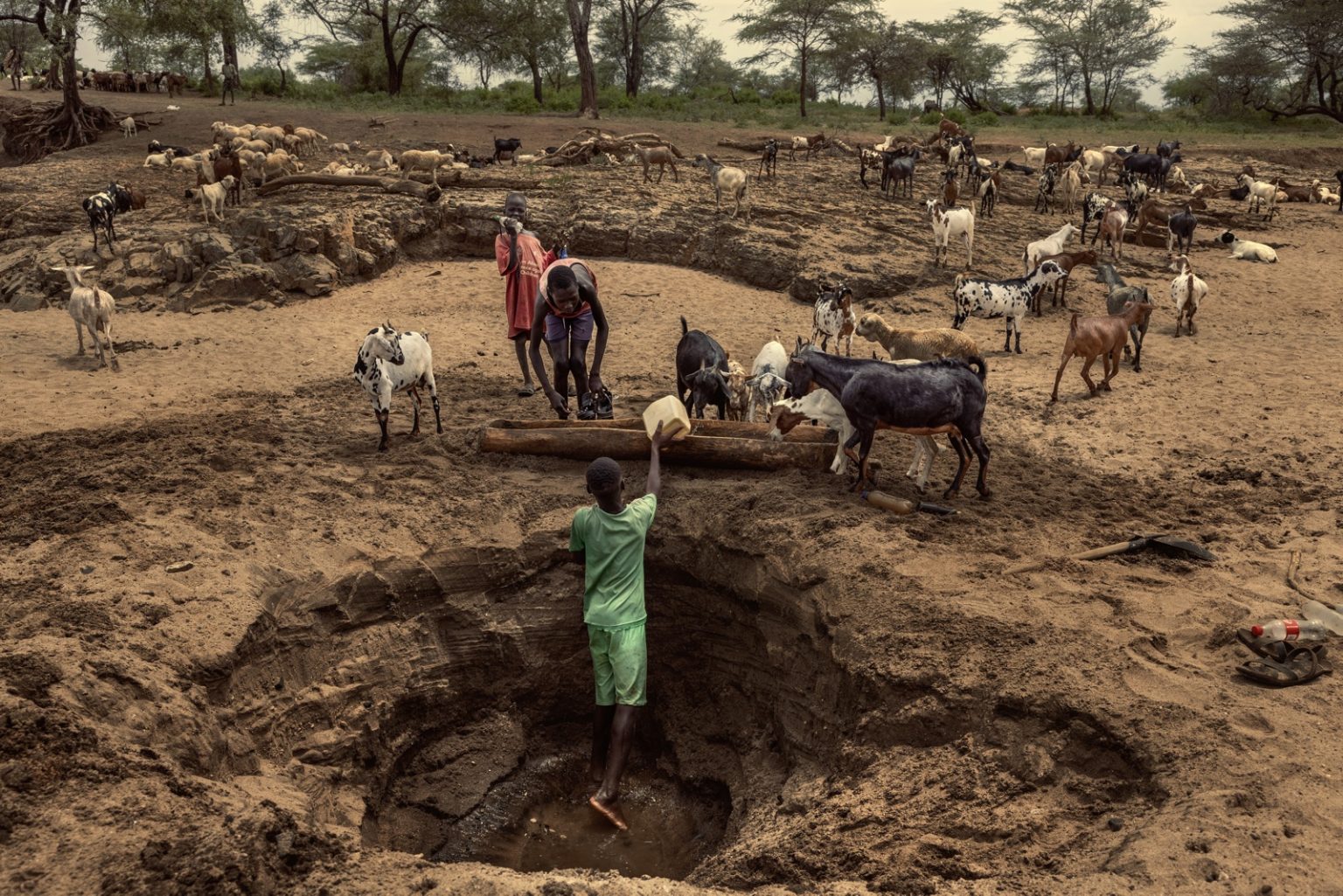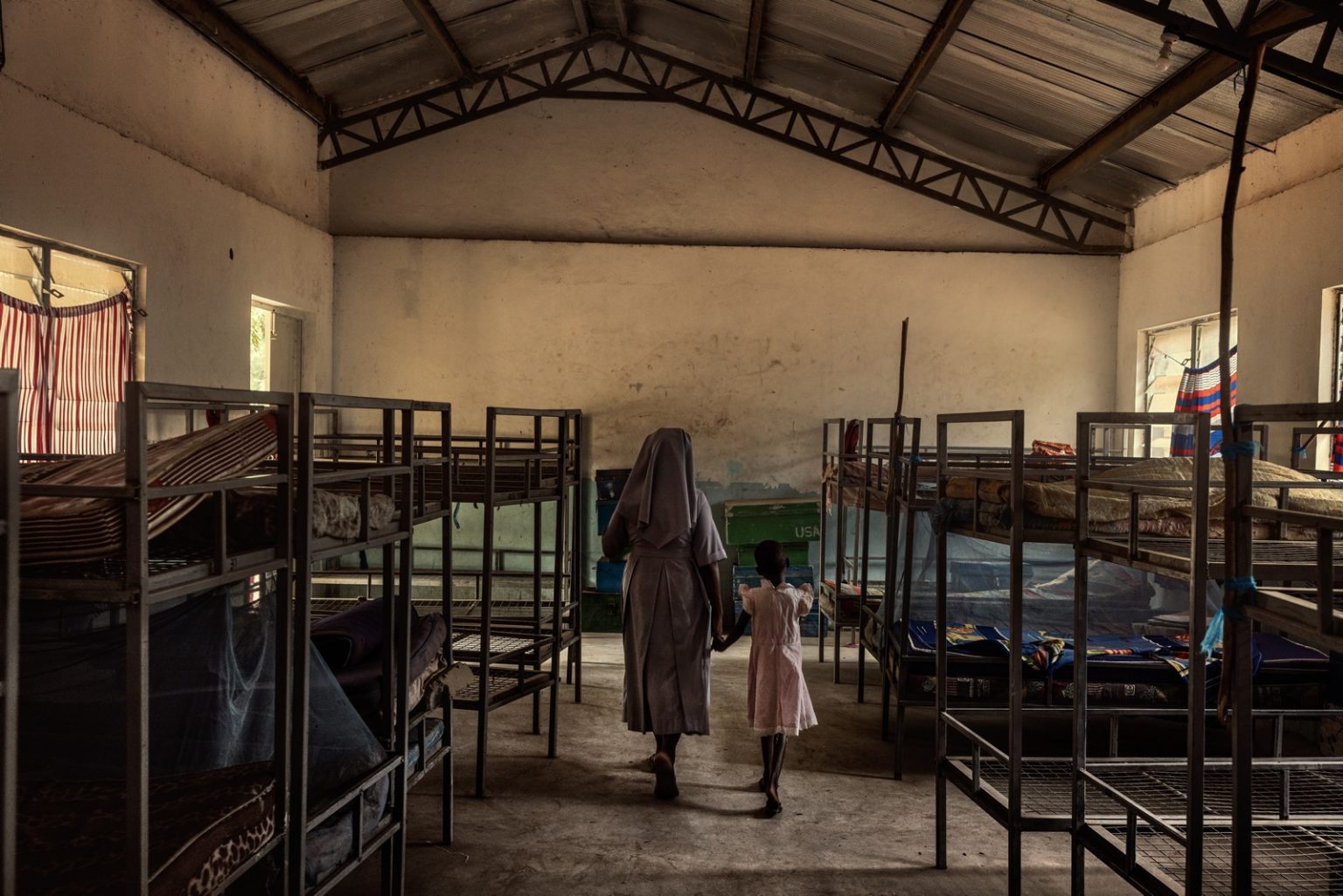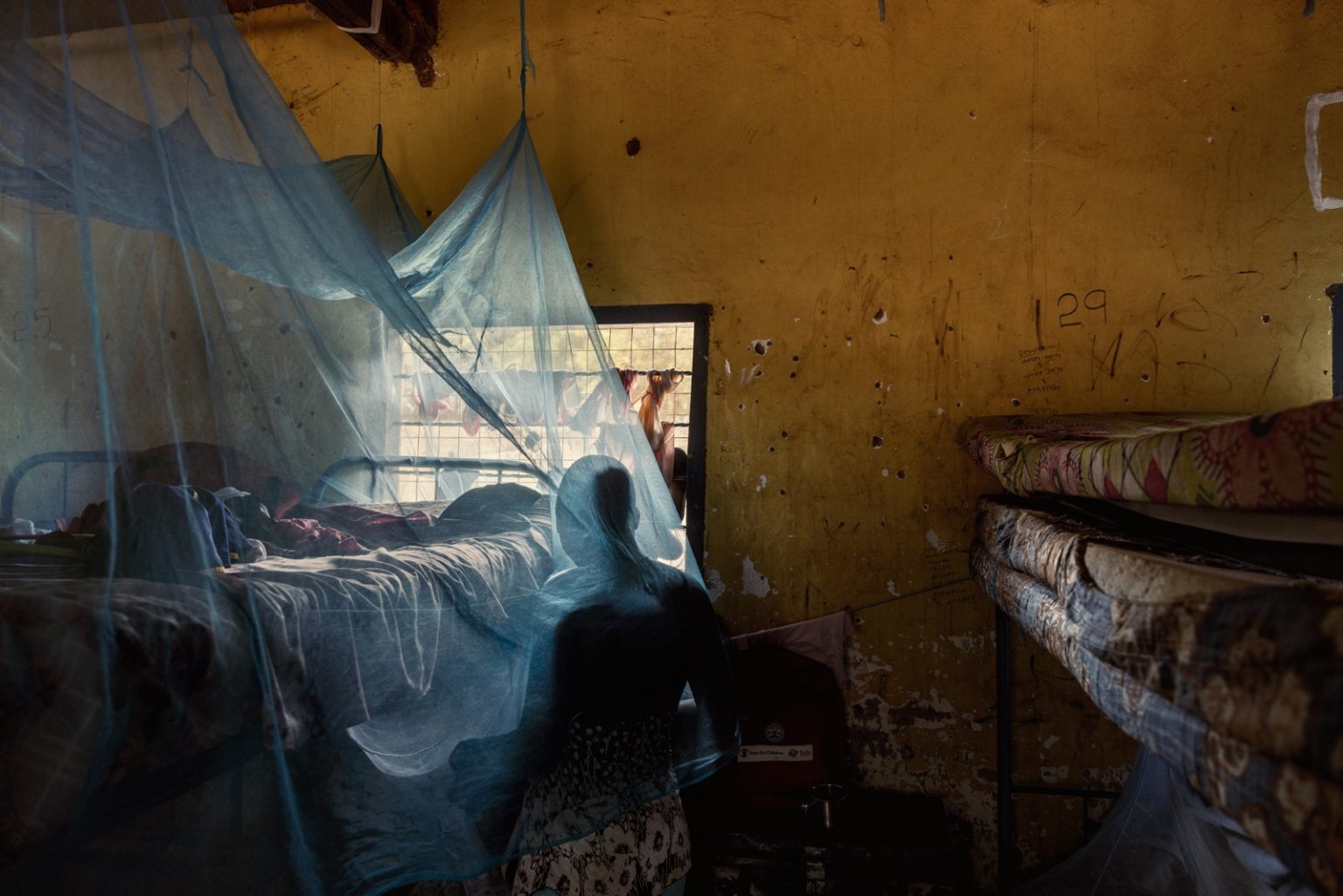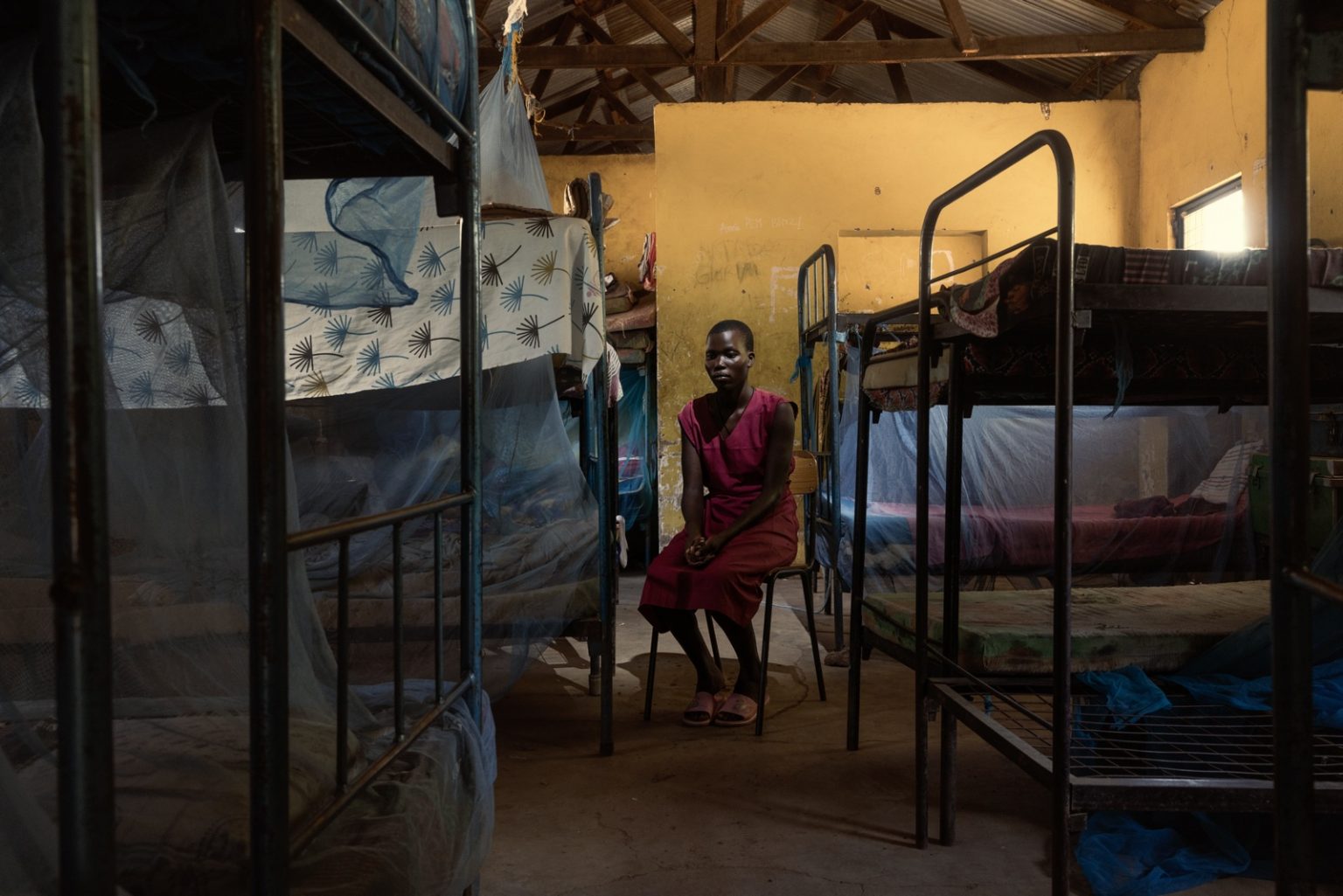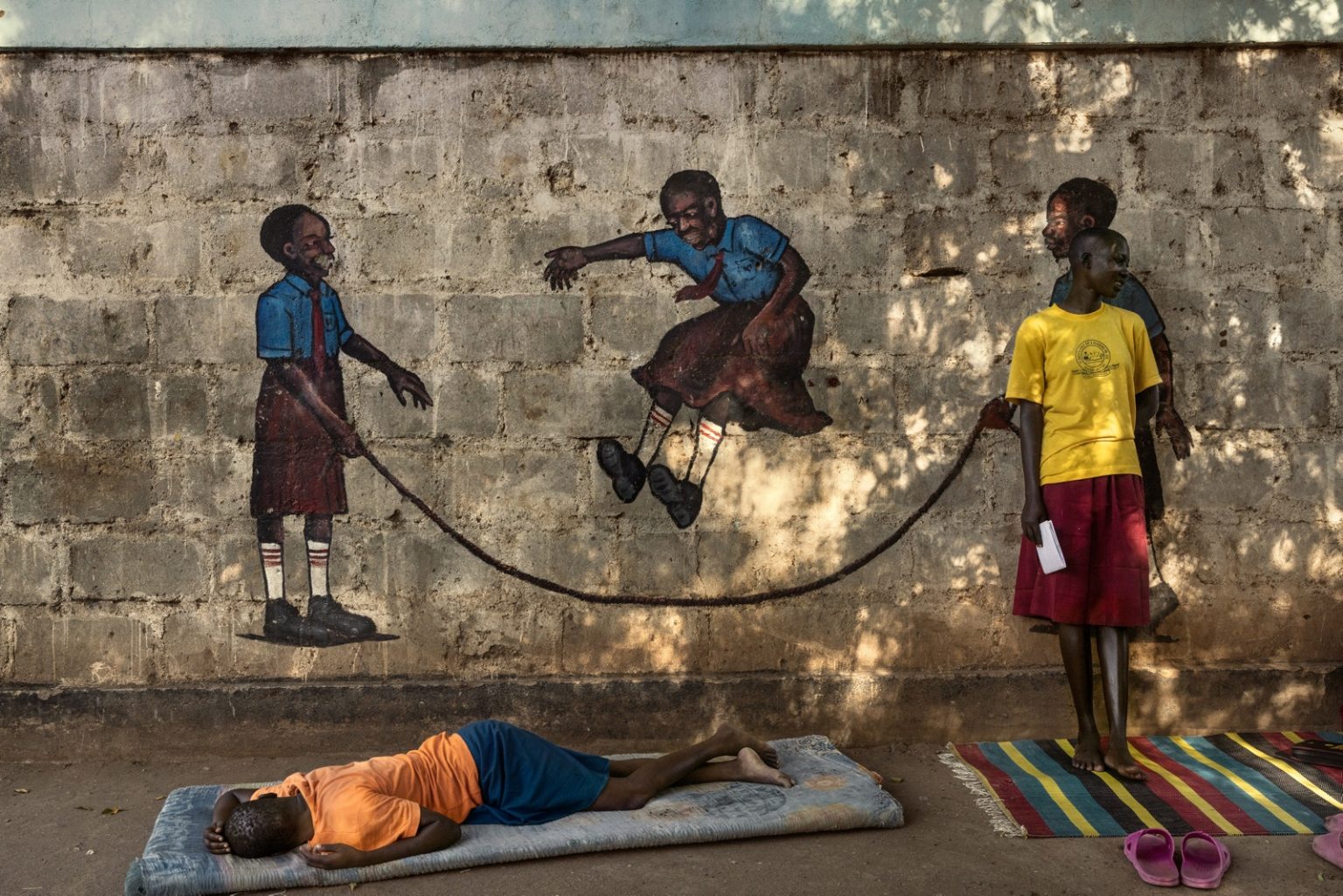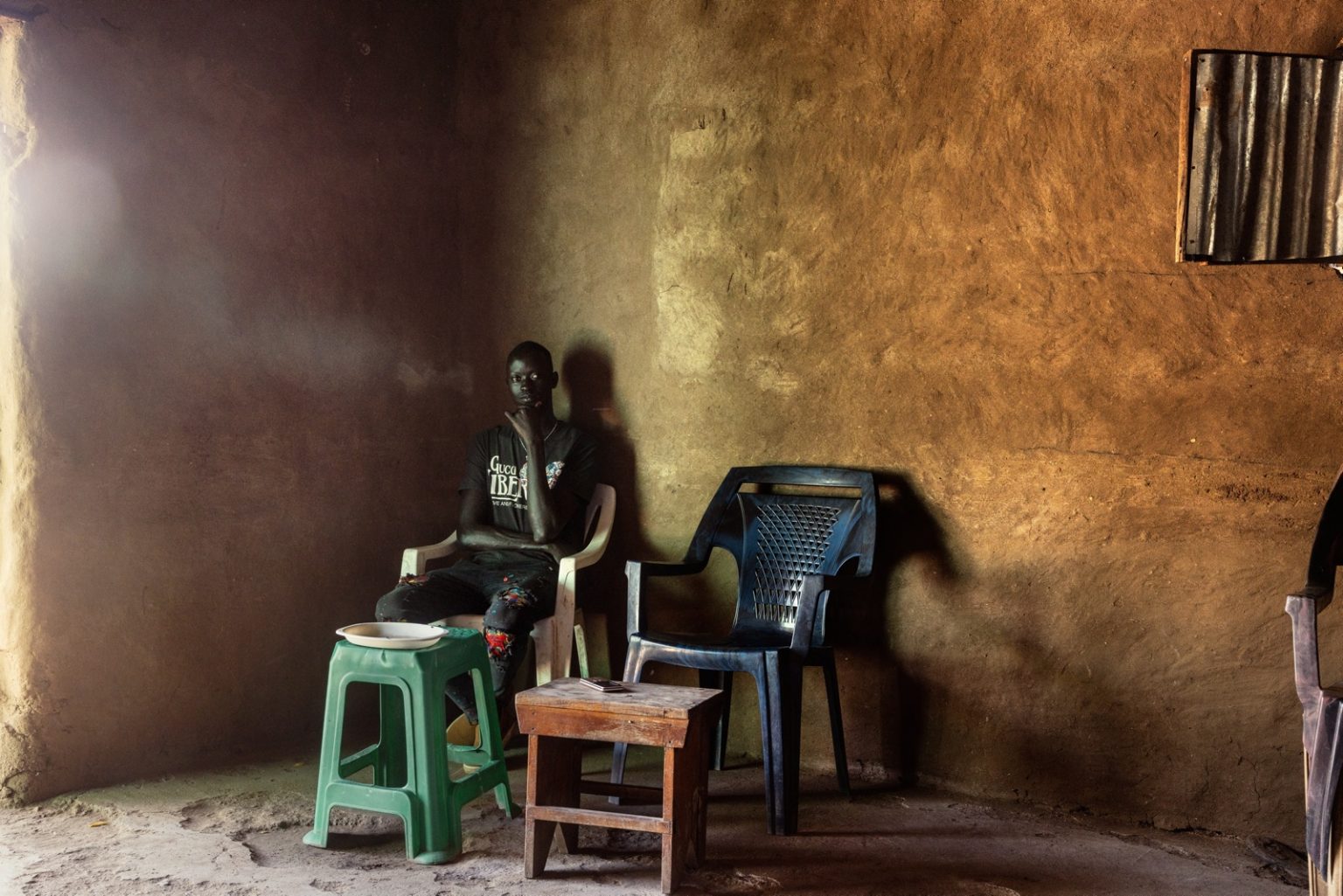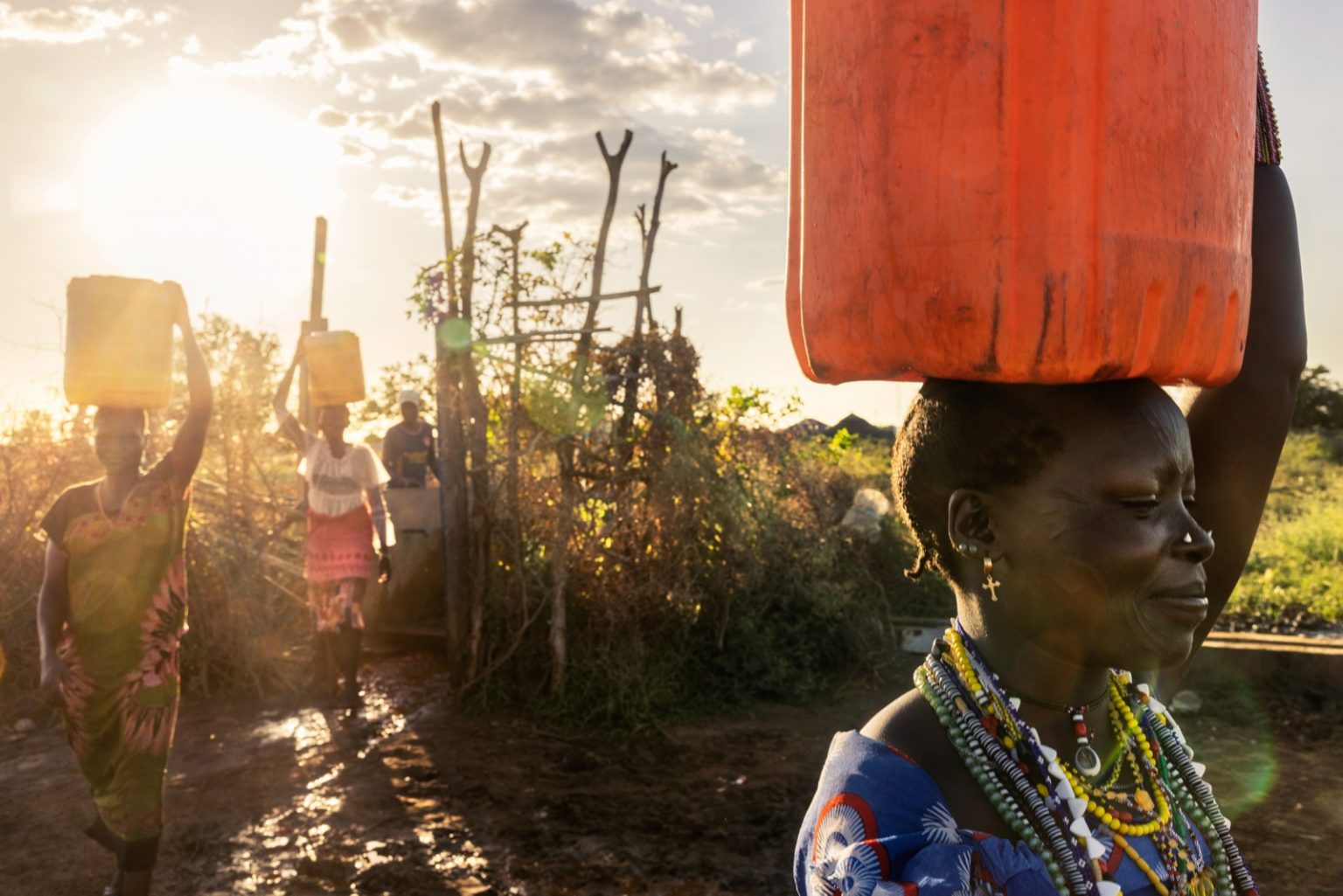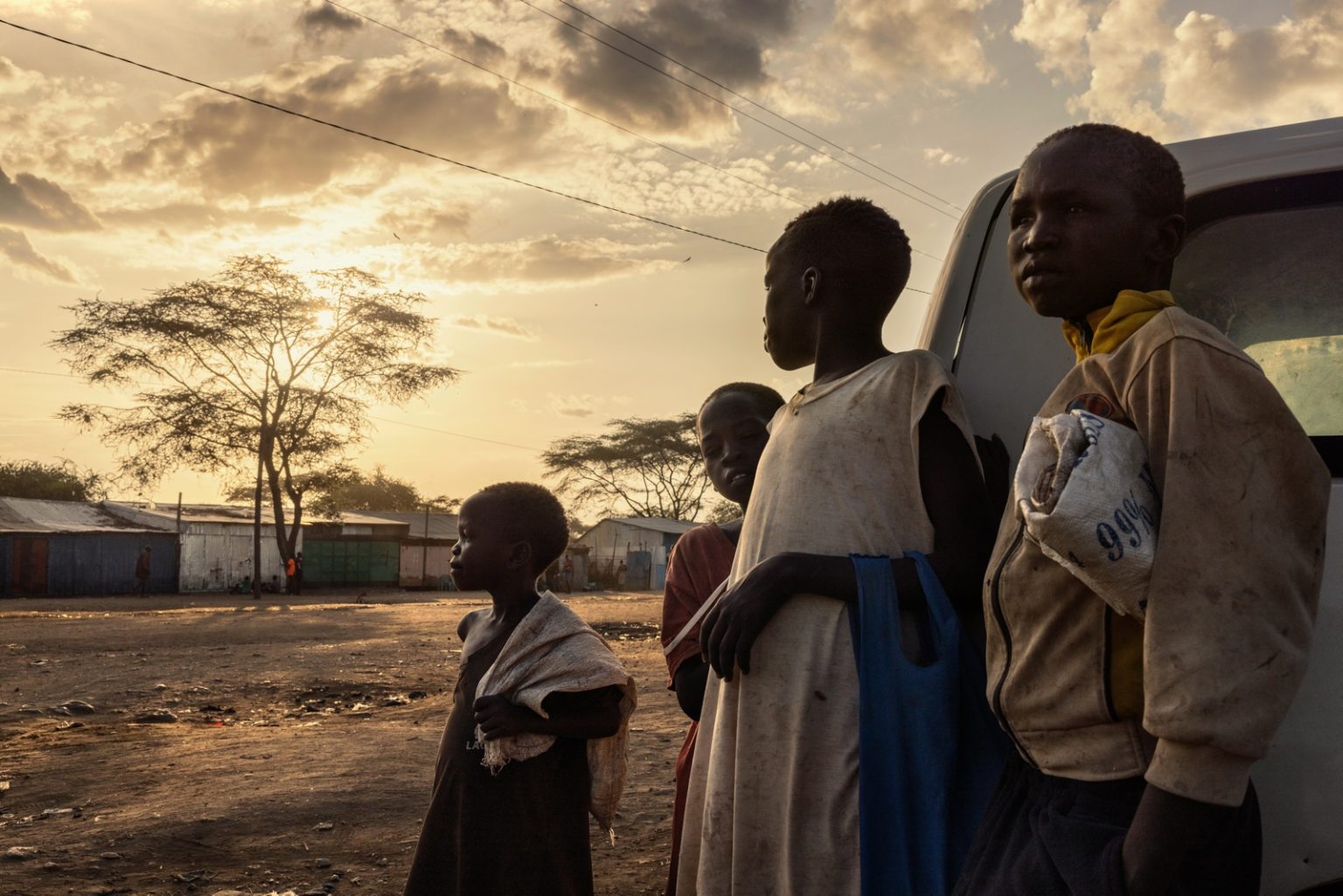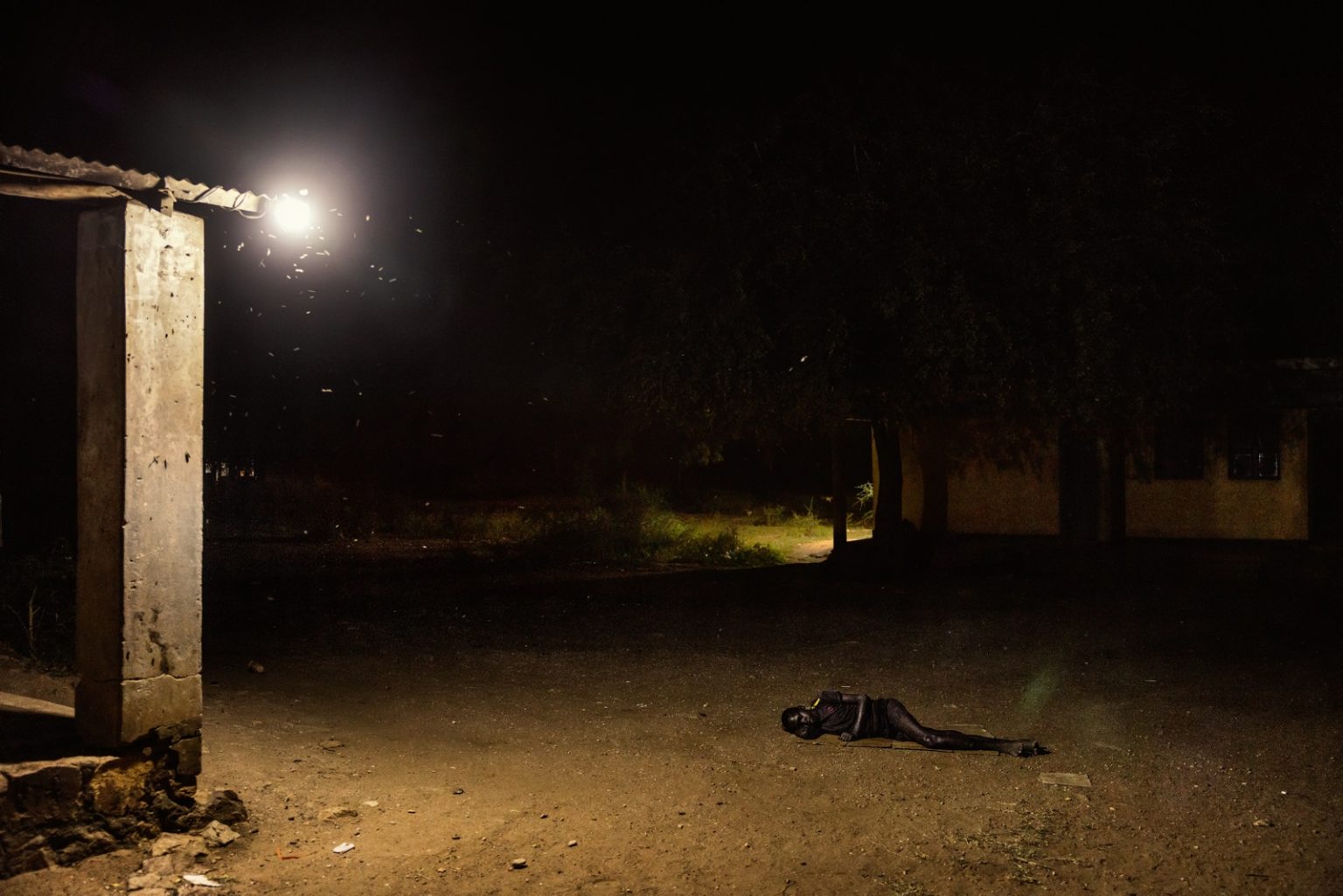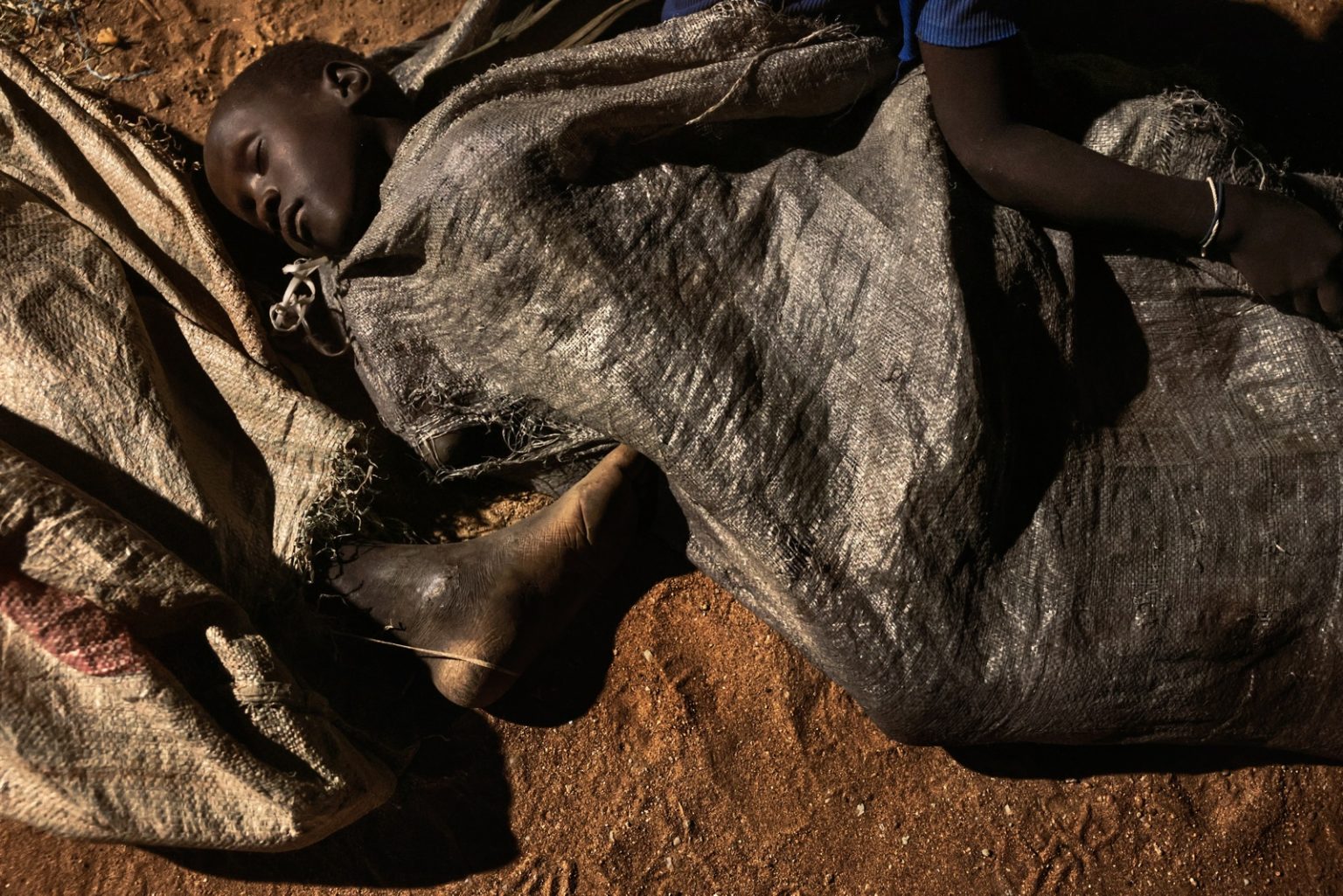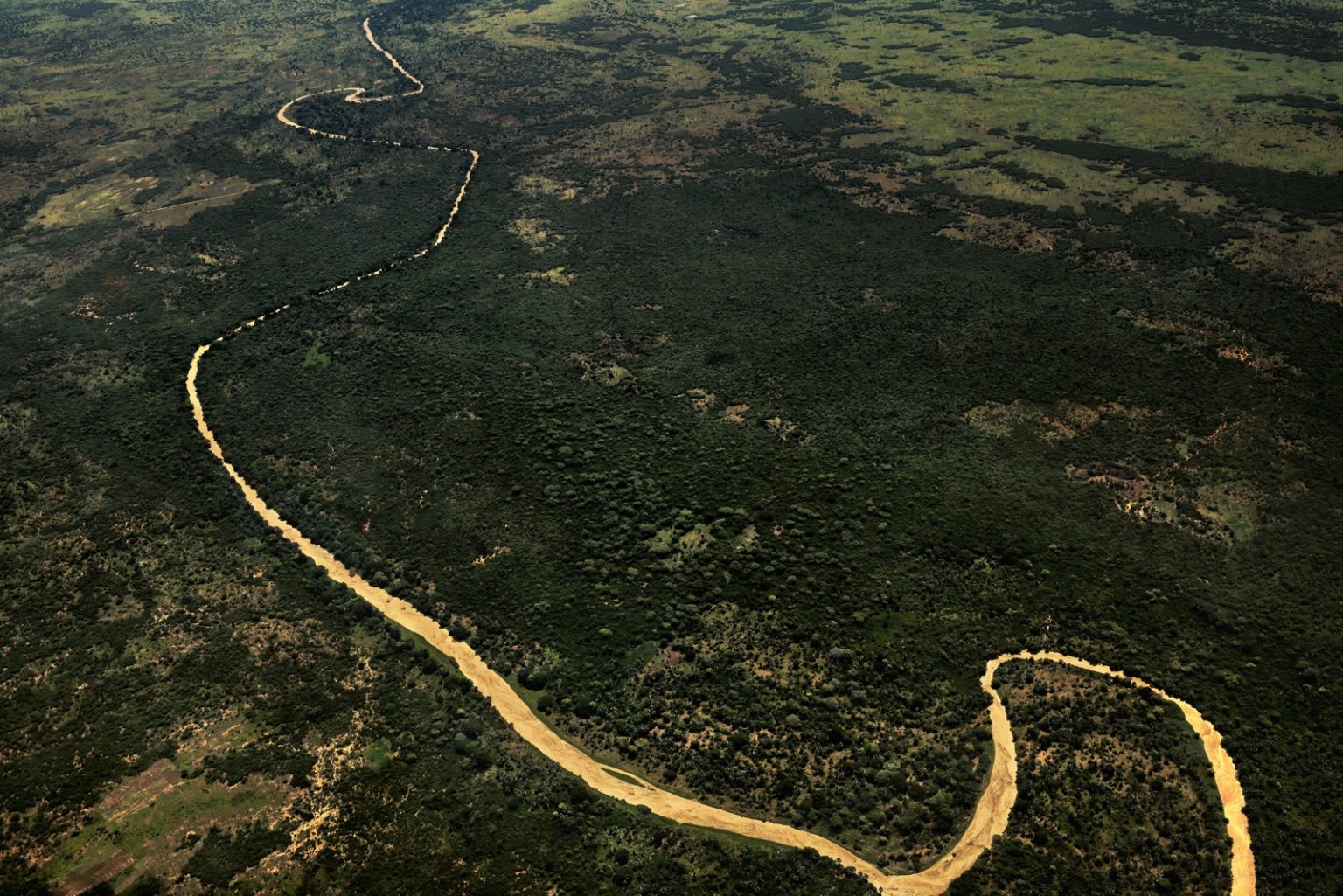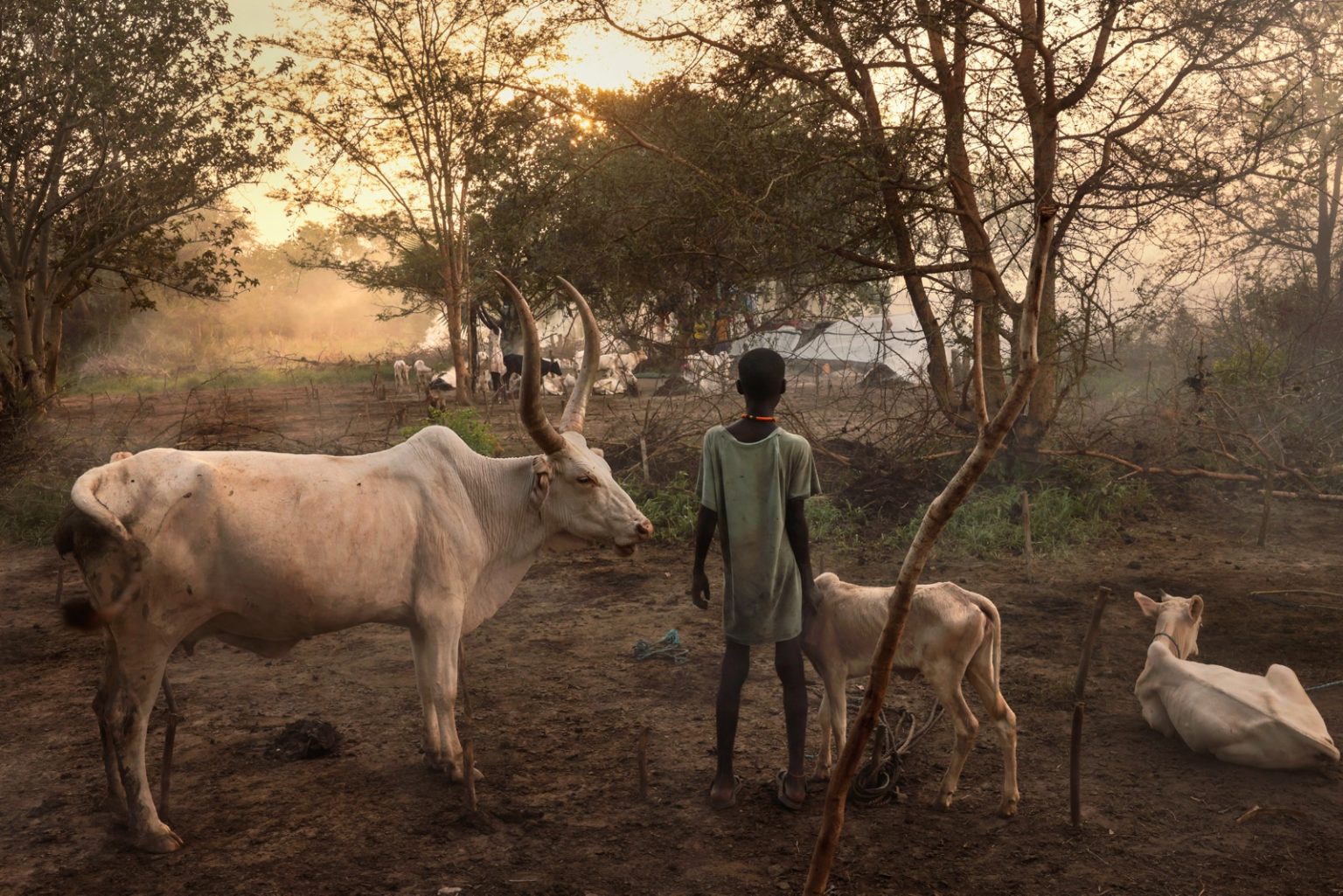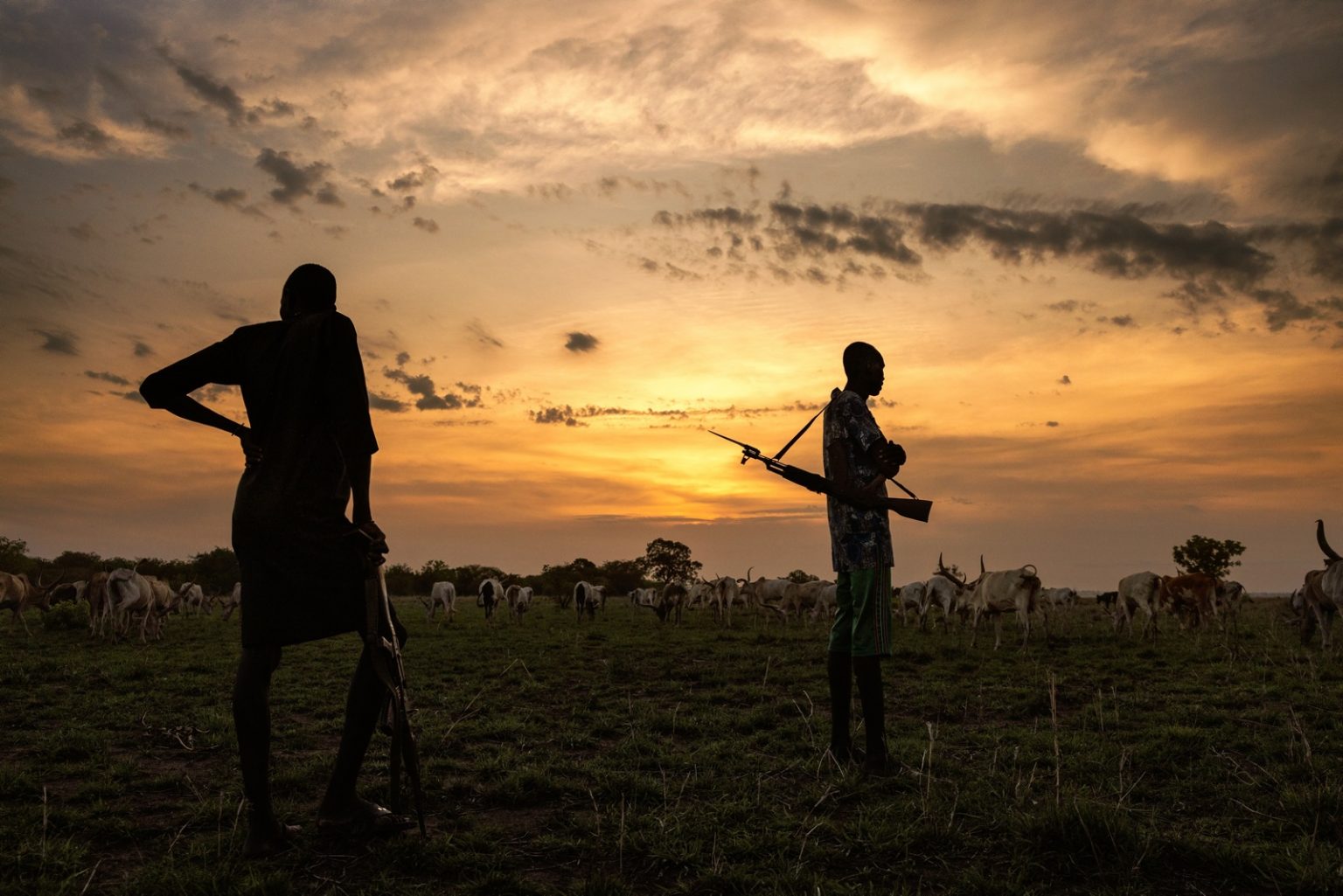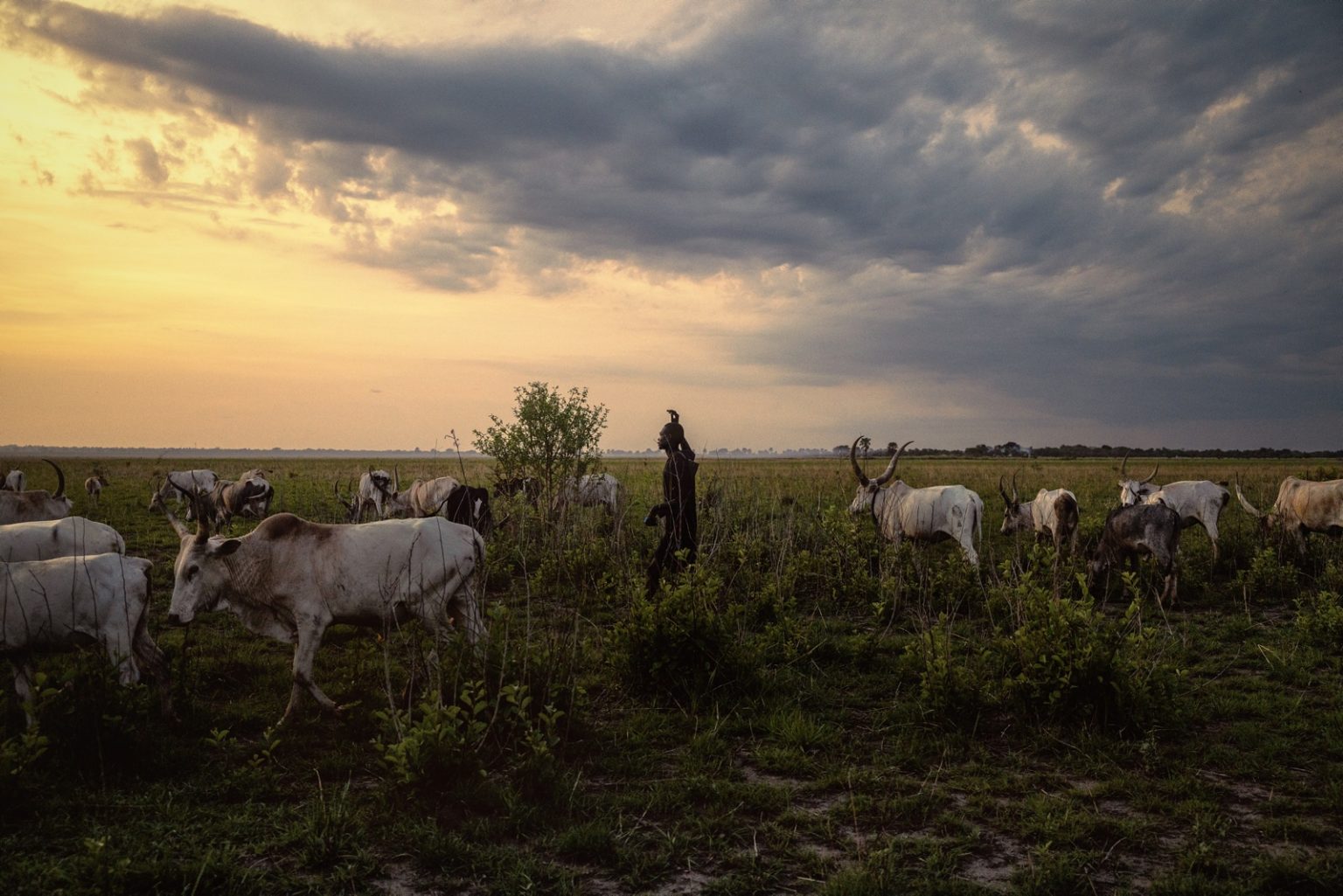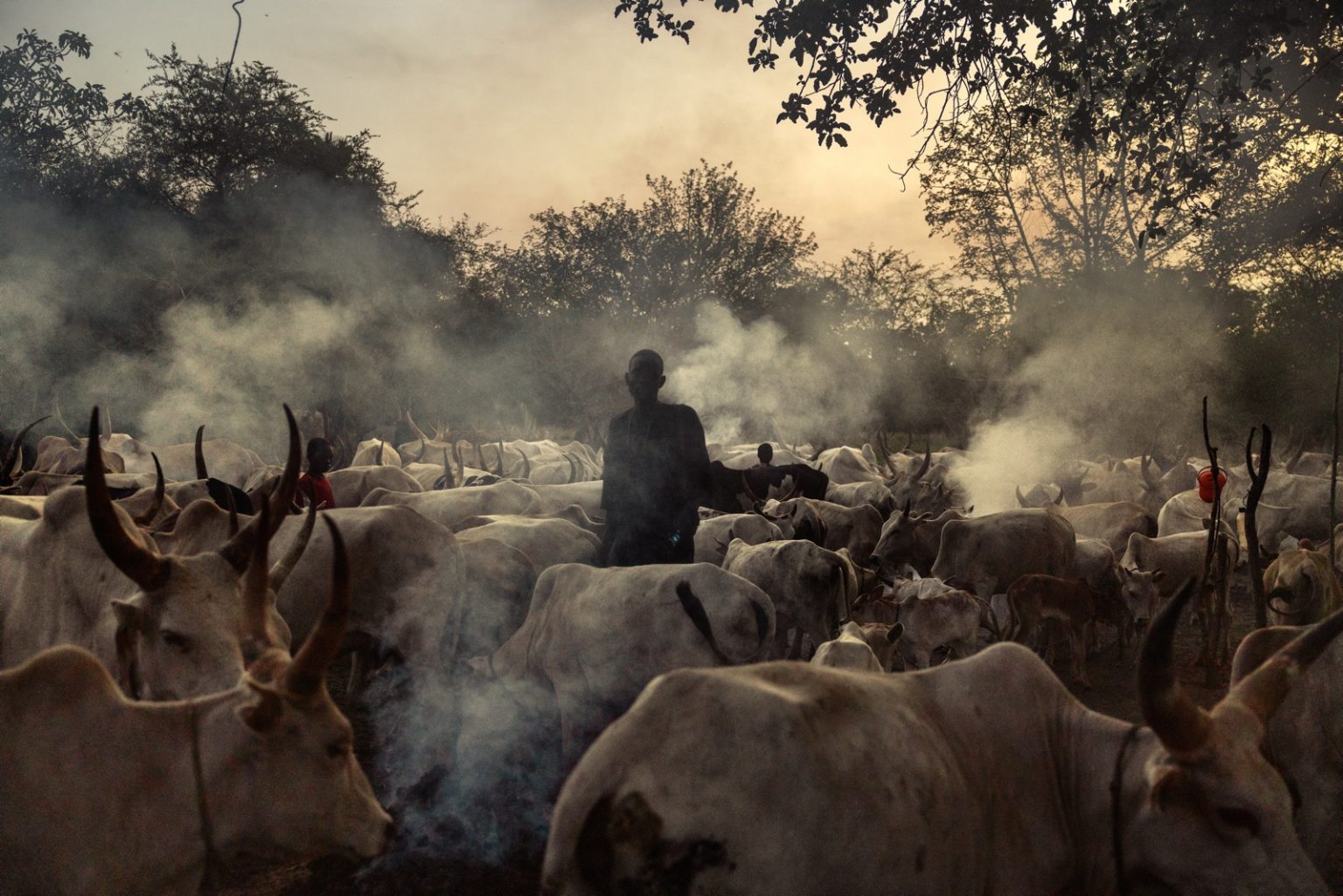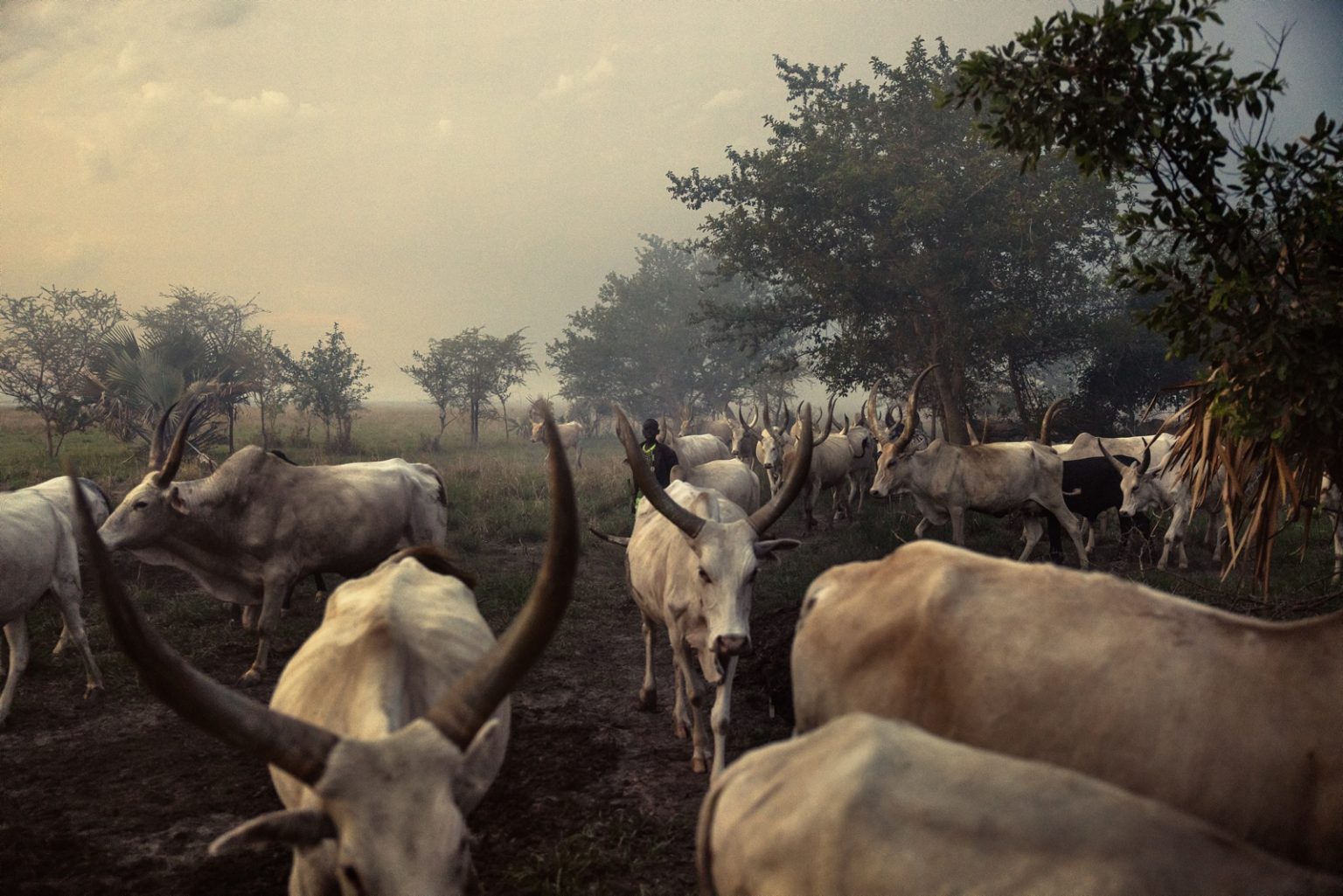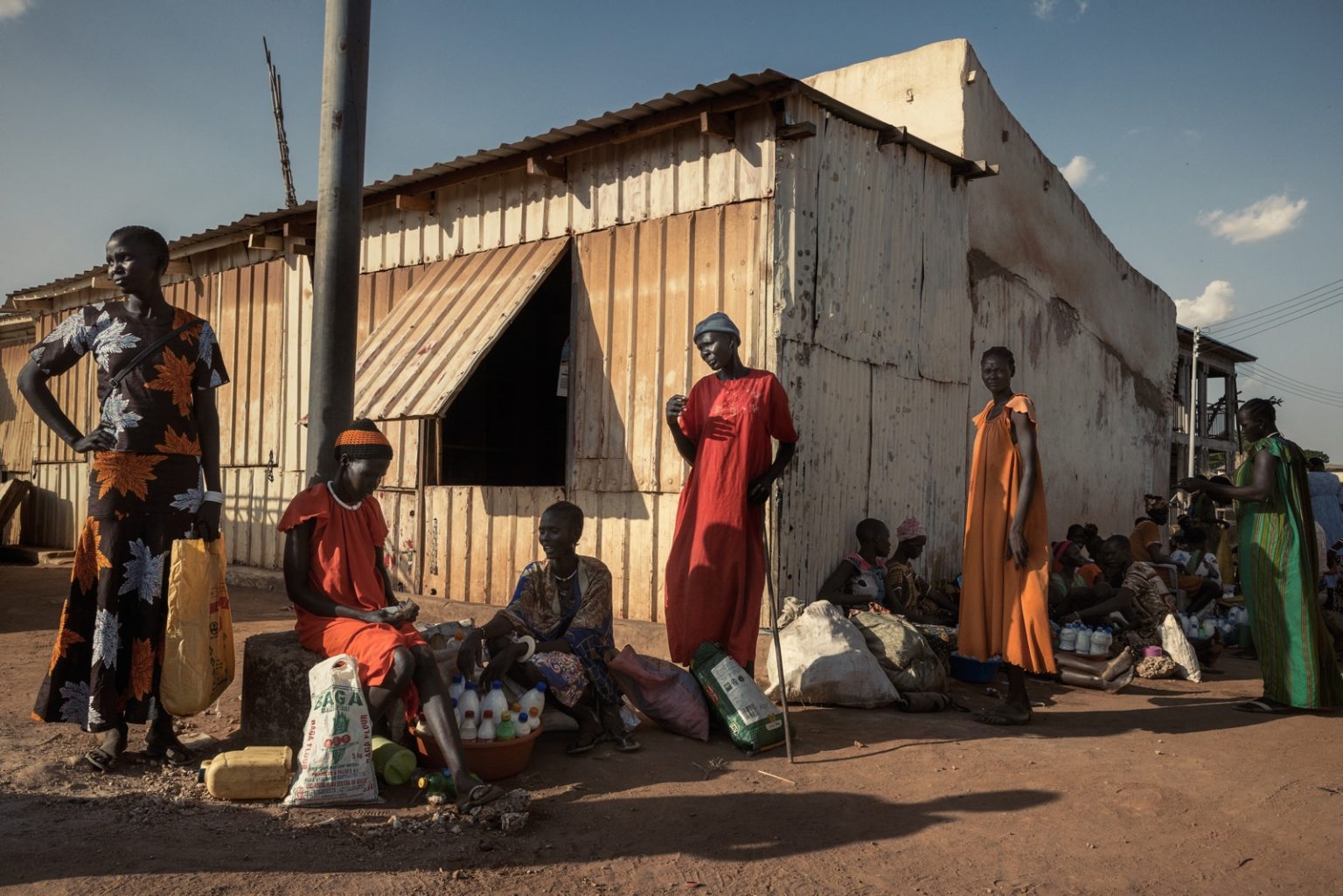South Sudan Crisis: Until the End of the World
The emergency in South Sudan is currently one of the most severe in the world, with more than 8.3 million people -of which 4.5 are children- that necessitate humanitarian assistance.
The two civil wars, which lasted 7 years, caused over 400,000 deaths, 4 million displaced people and the complete destruction of infrastructures and basic services.
The effects of climate change worsen the situation of the world’s youngest nation. Floods and periods of droughts alternate cyclically, more and more frequently, exponentially damaging agriculture for the local communities. Agriculture, together with breeding, is the main source of livelihood.
Additionally, the crises that broke out in April in neighboring Sudan ulteriorly worsened the situation of a country dependent on Khartoum imports.
The worst situation is registered in the rural areas, the object of the reportage, where poverty incremented negative survival strategies as examples, precocious and forced marriages and school dropout, with an illiteracy rate that varies between 95 to 98 of the population, the consequent child labor and the increase of inter-ethnical fights.

